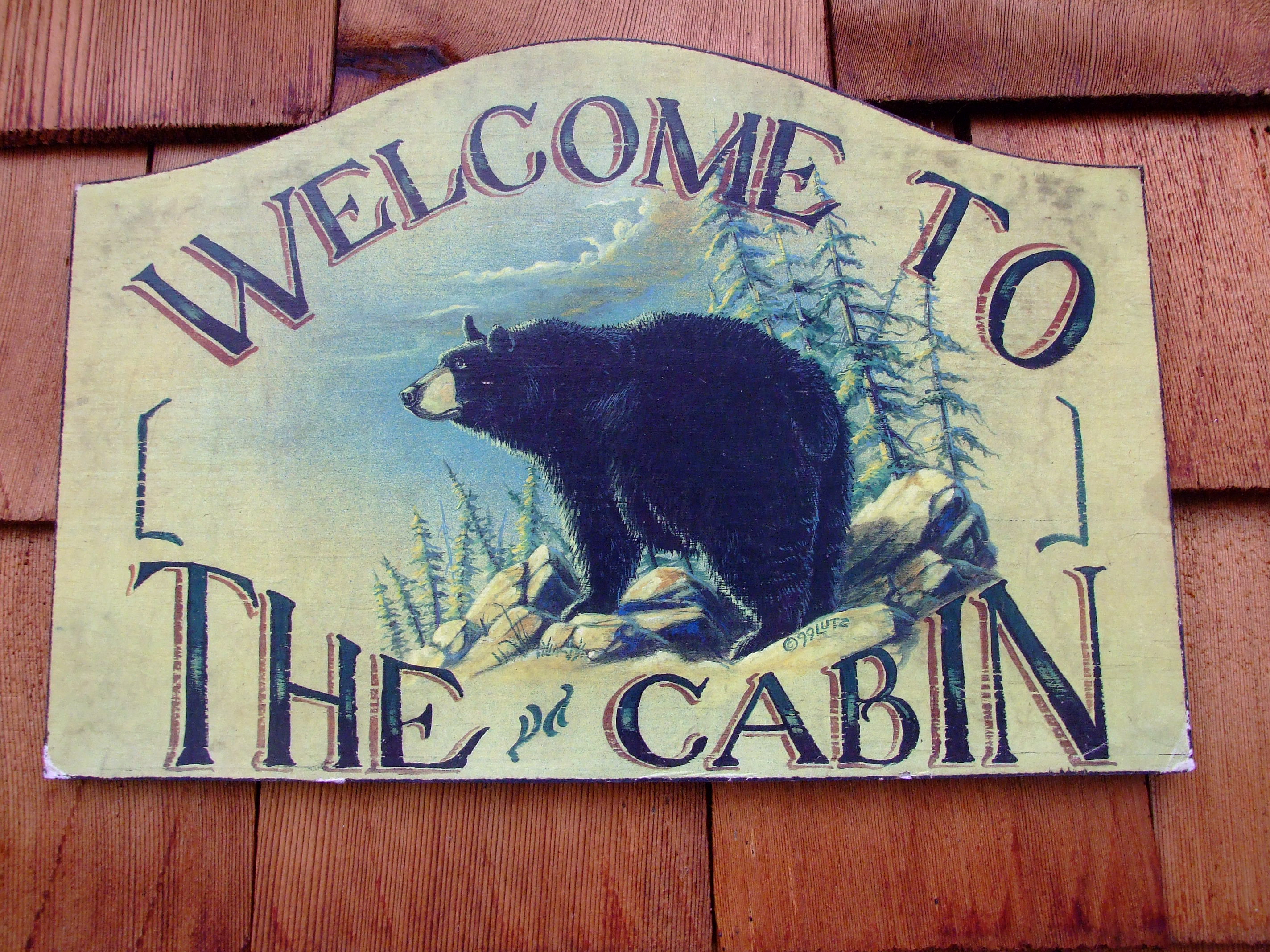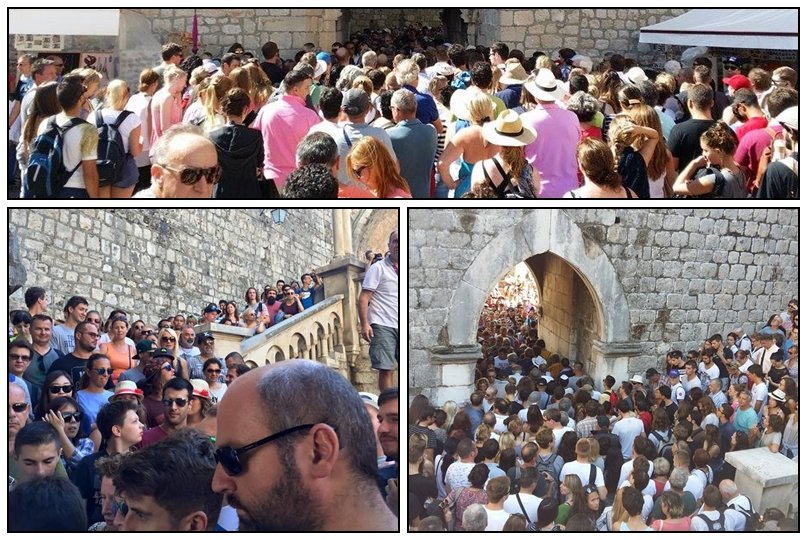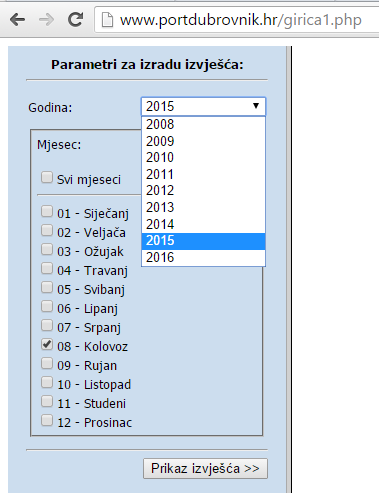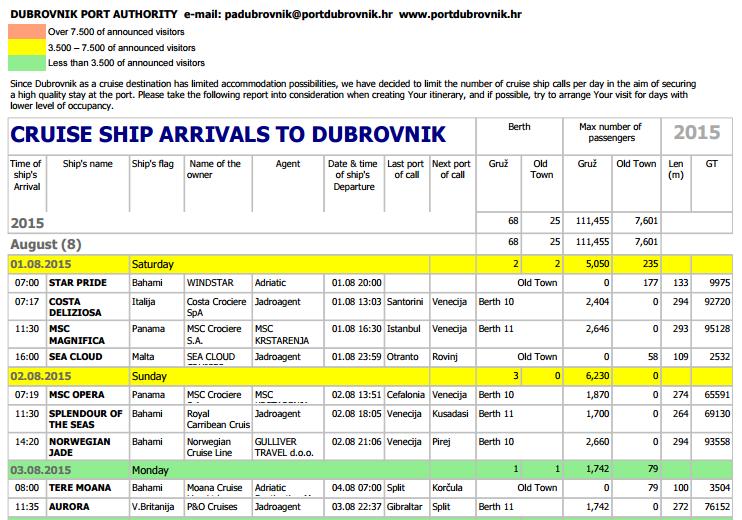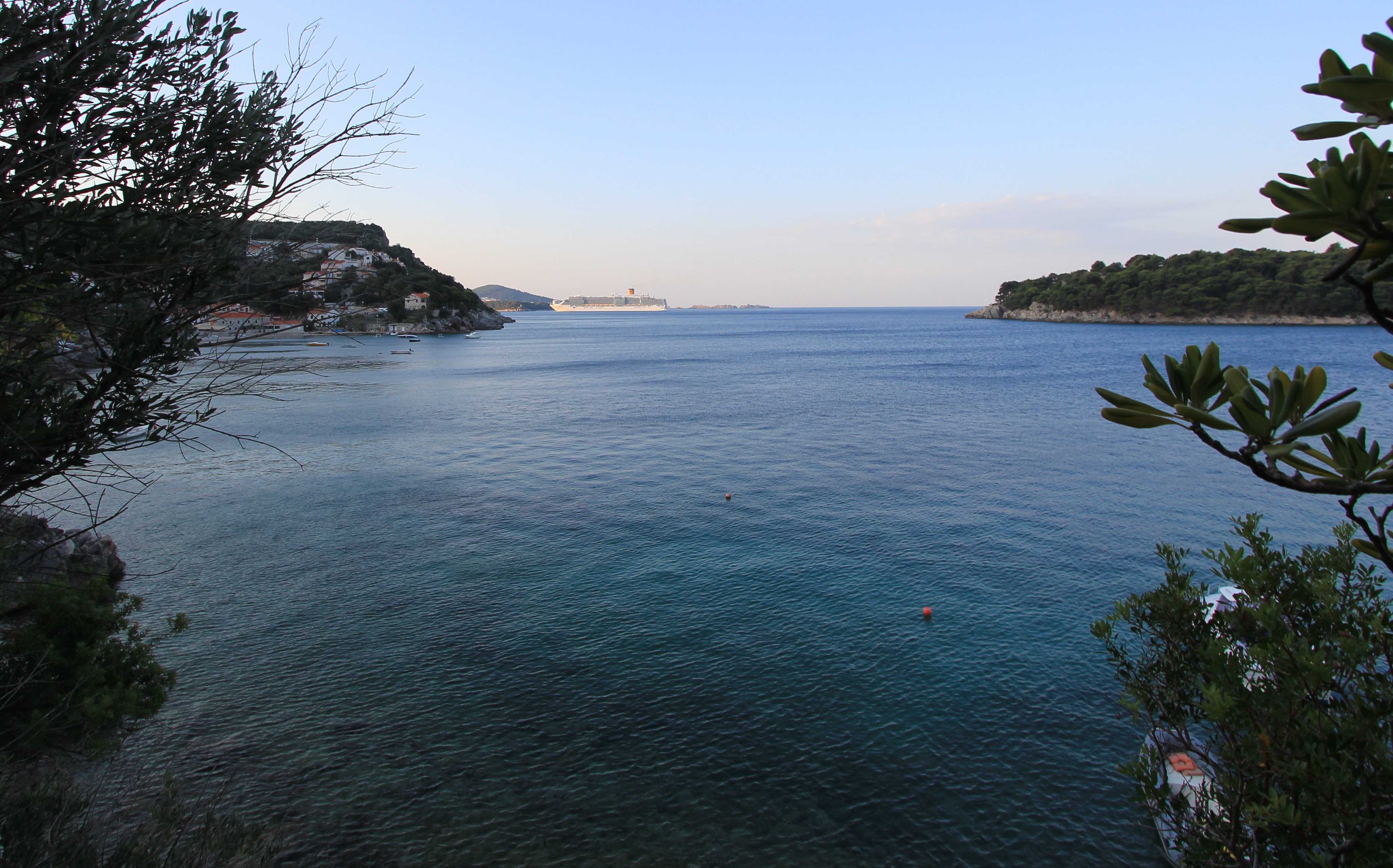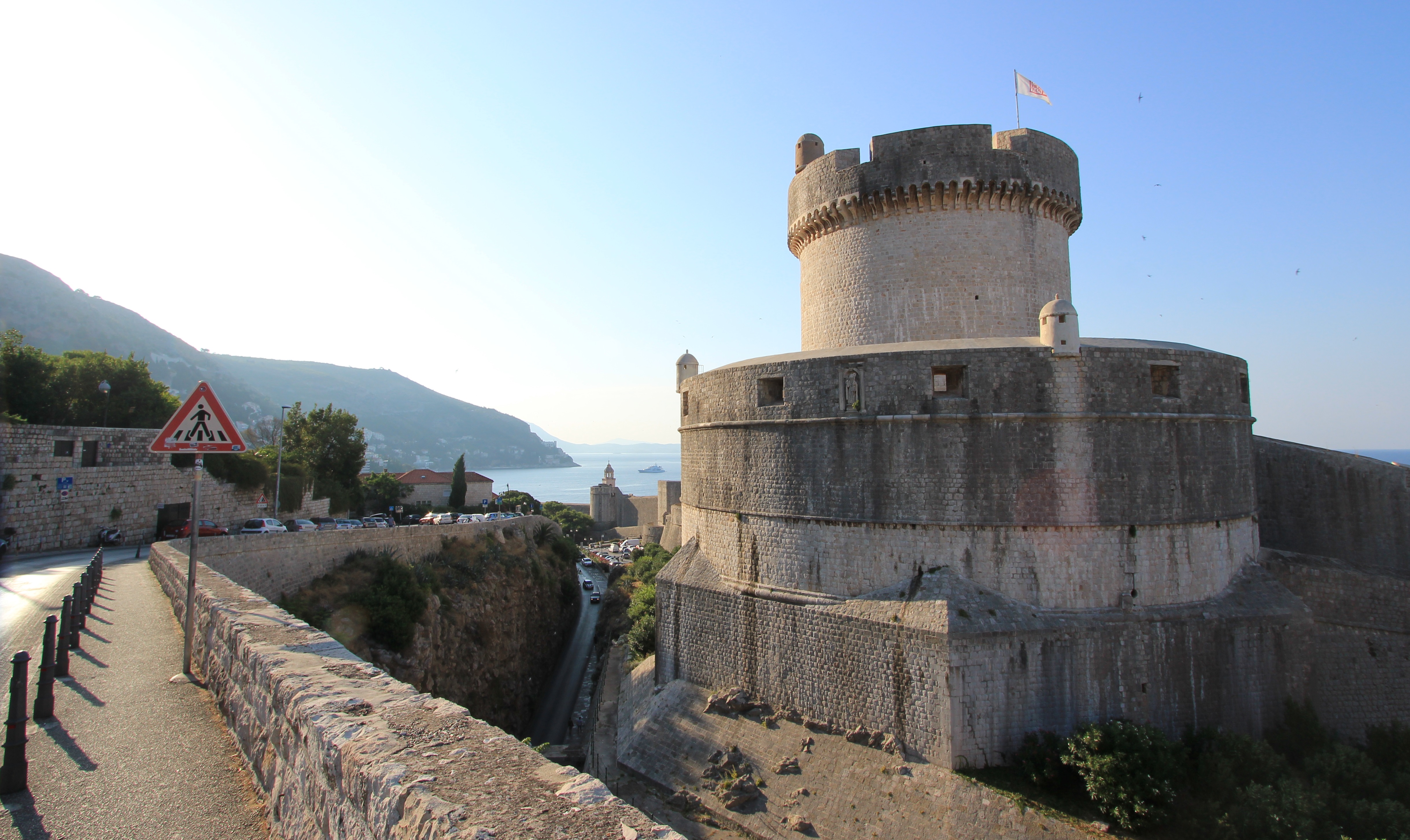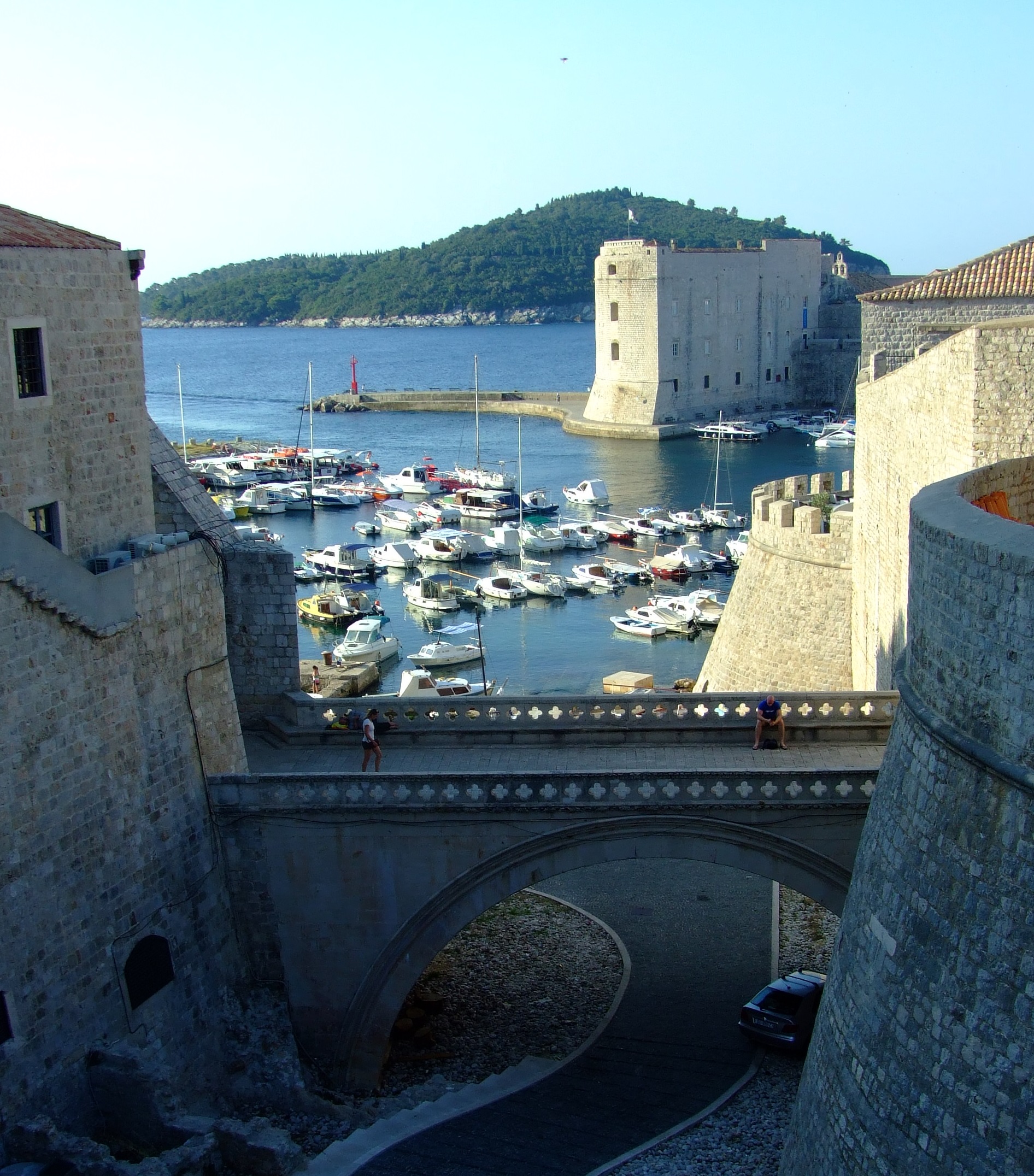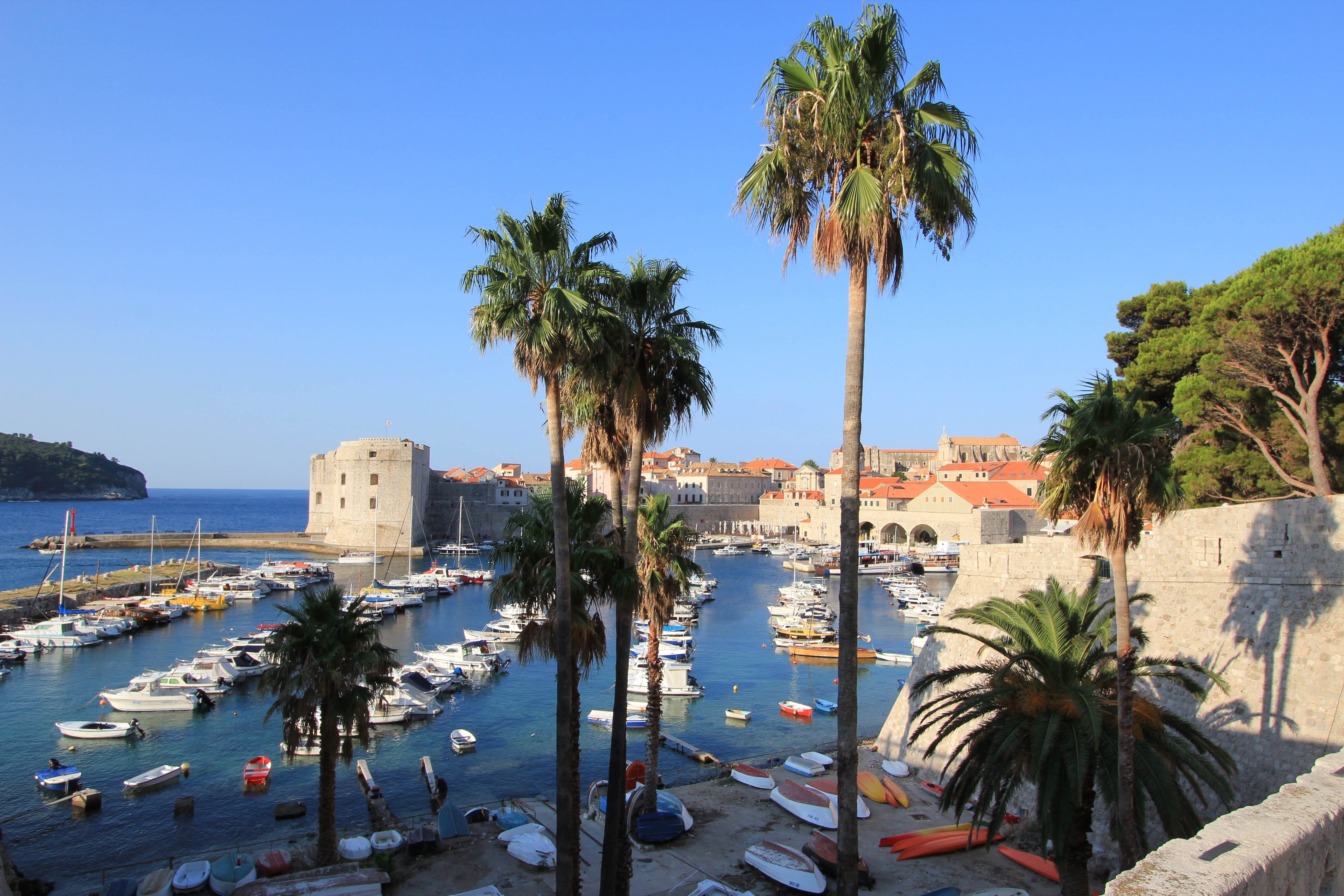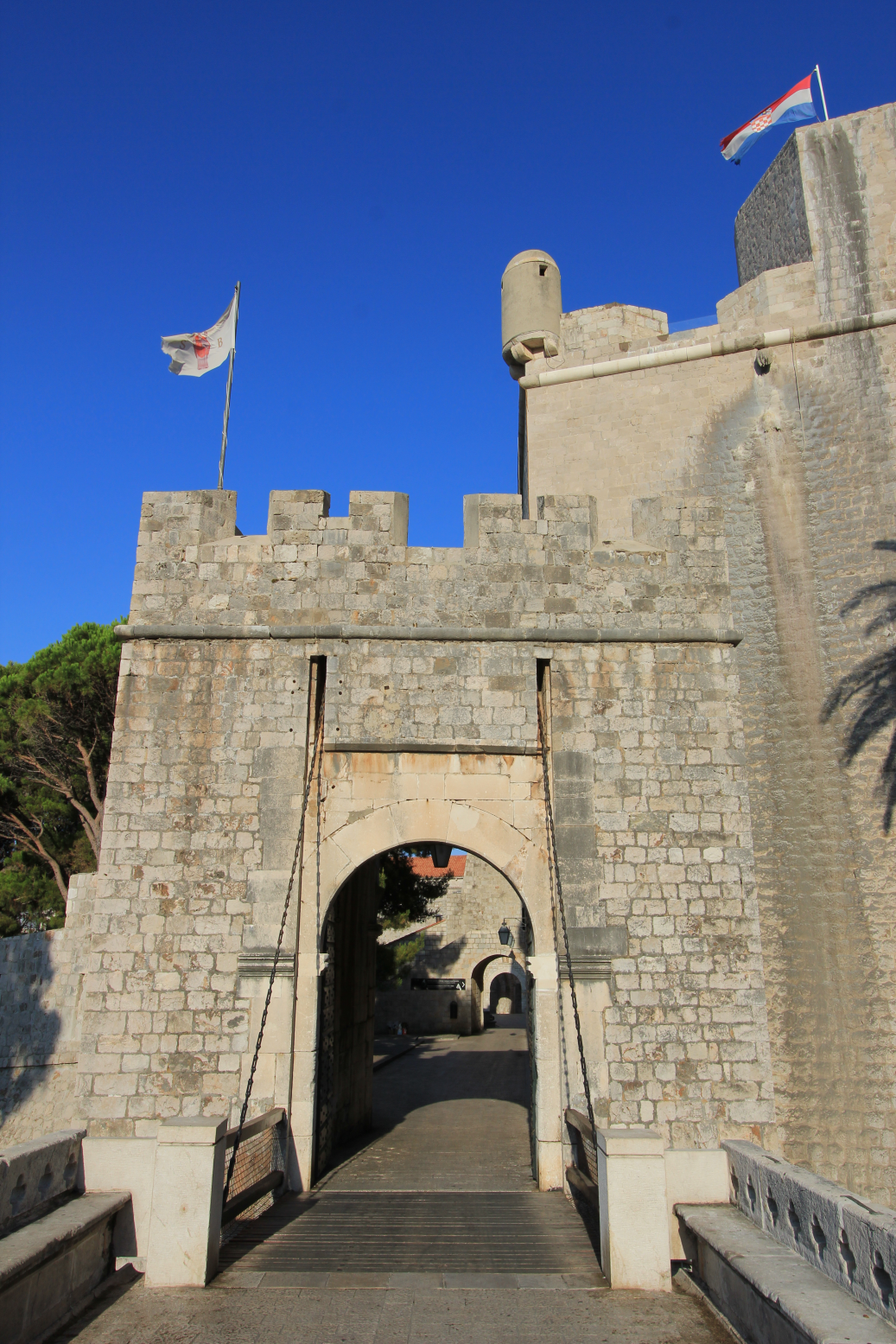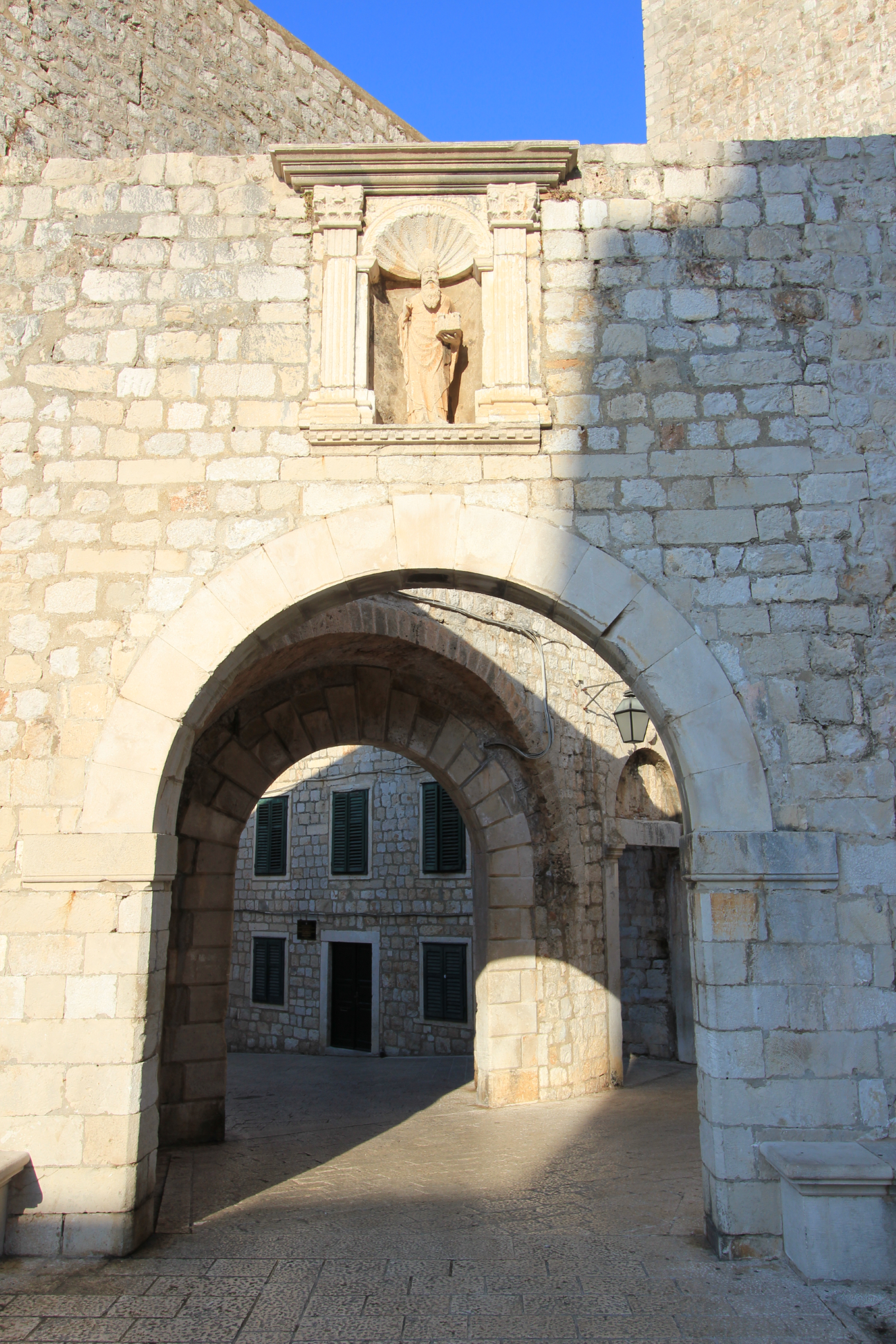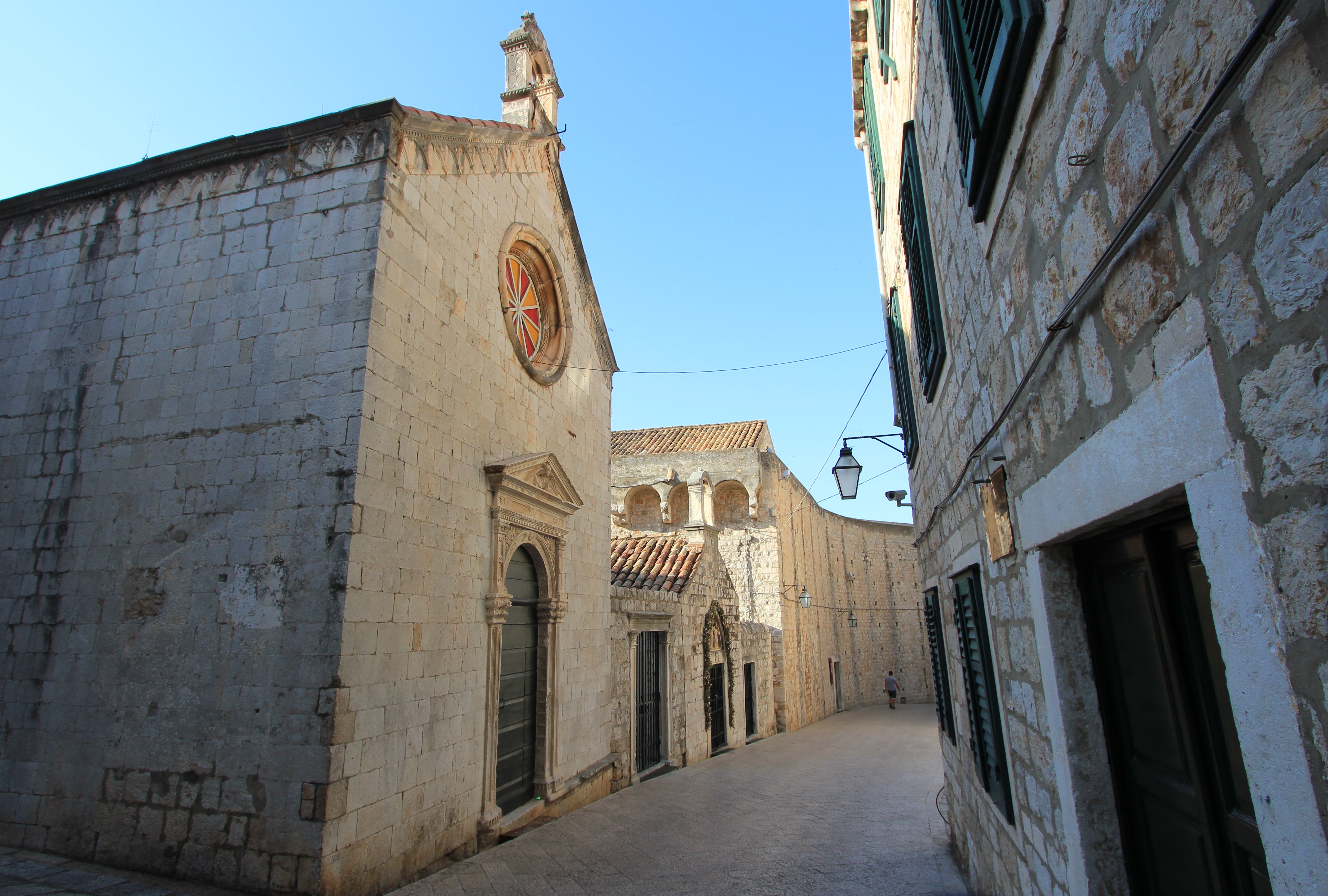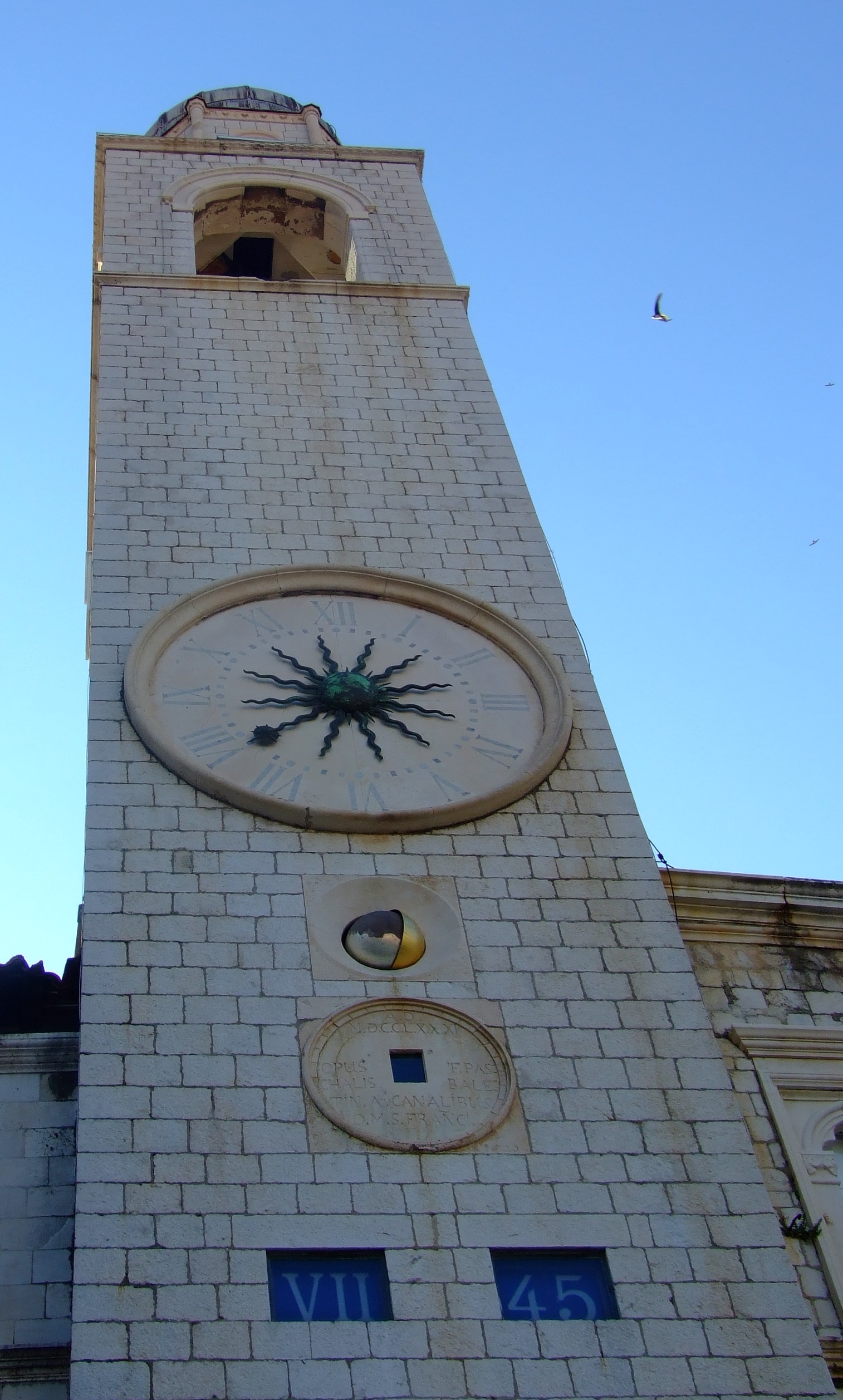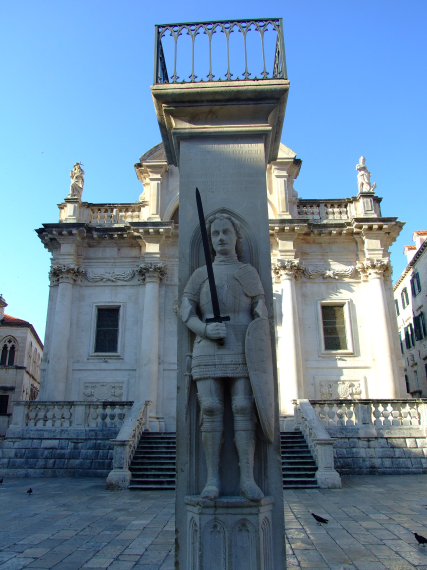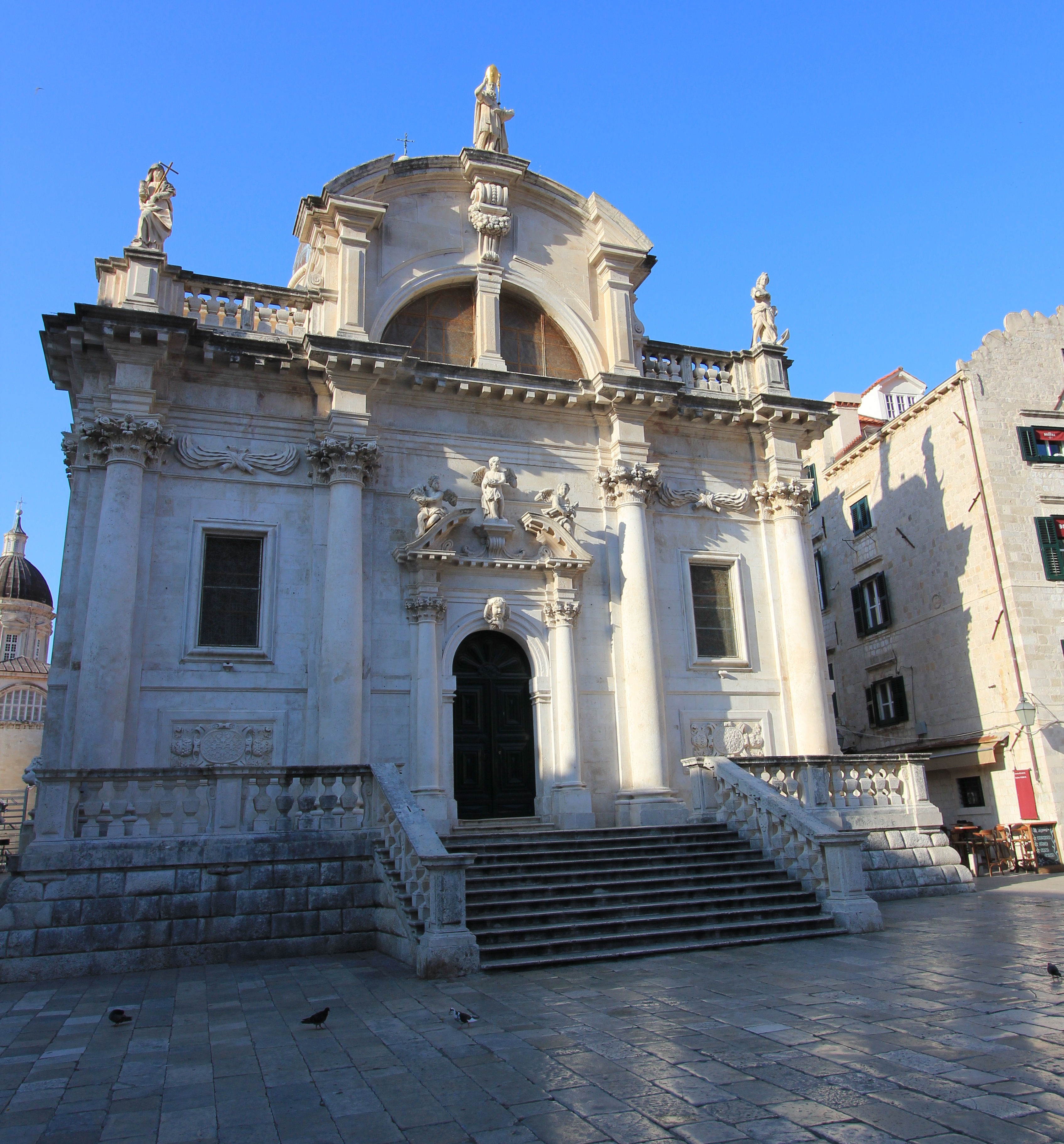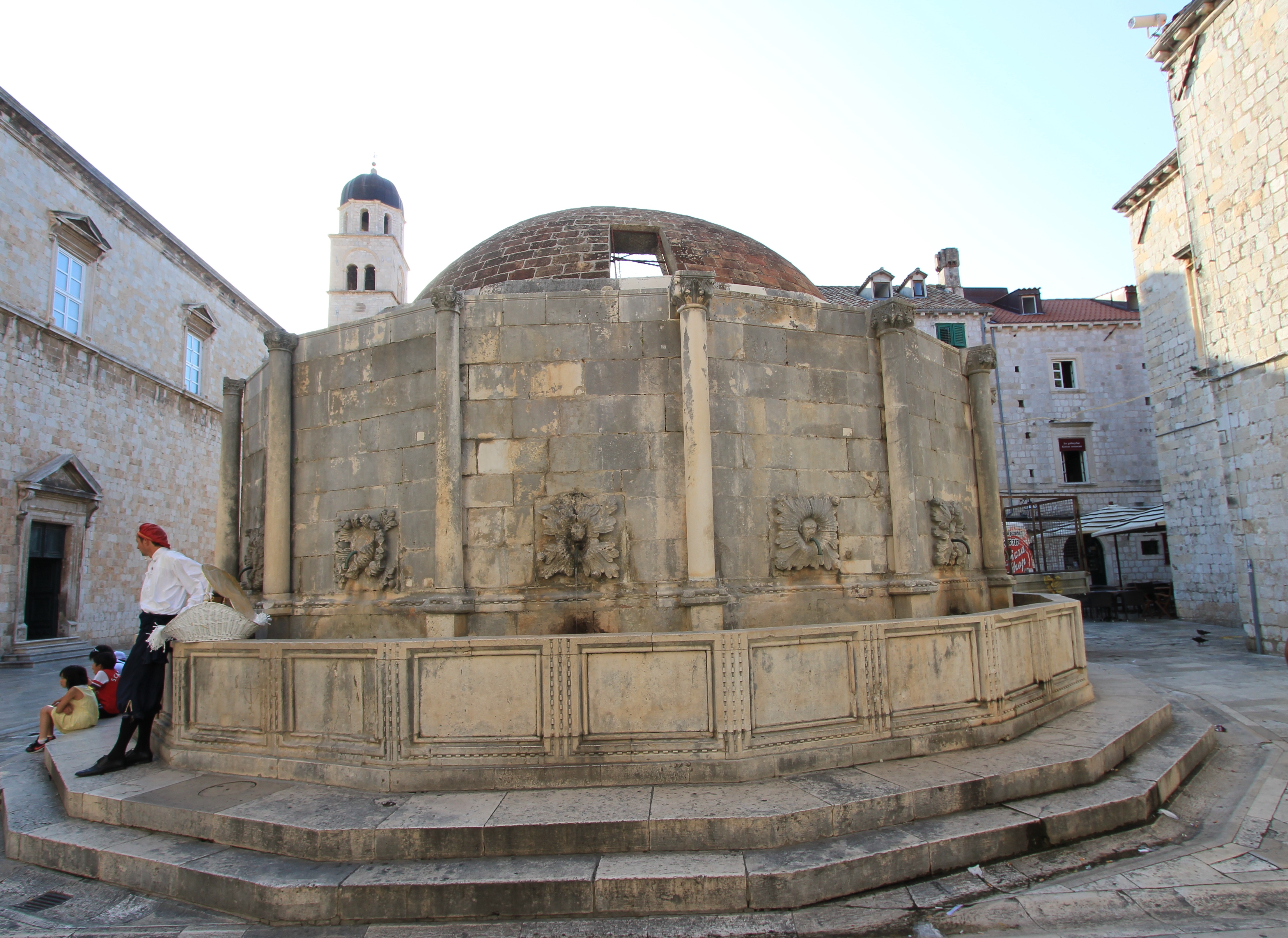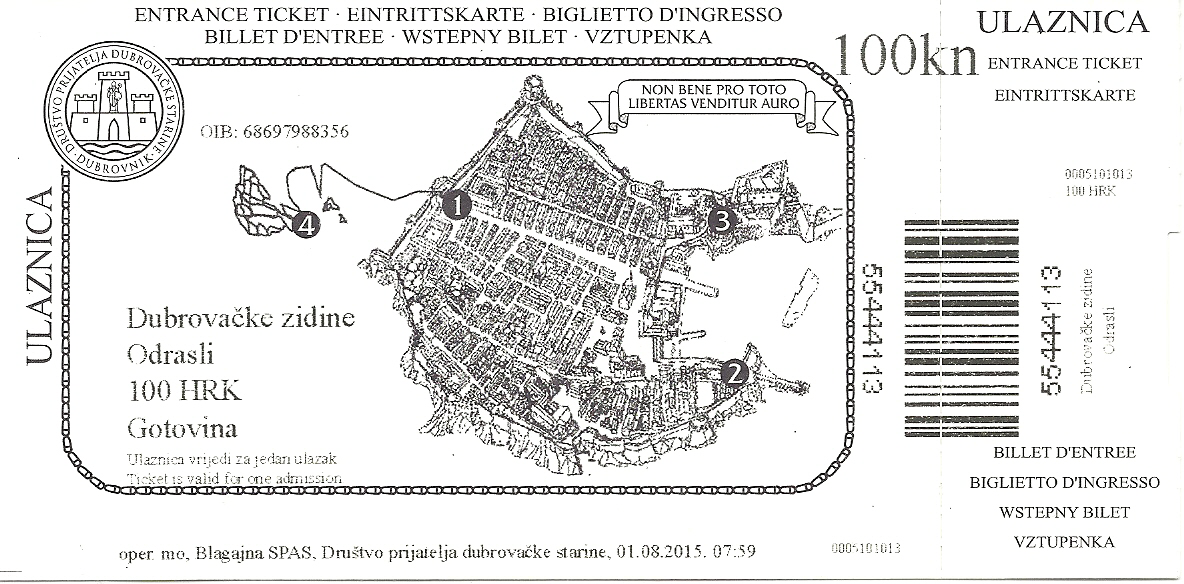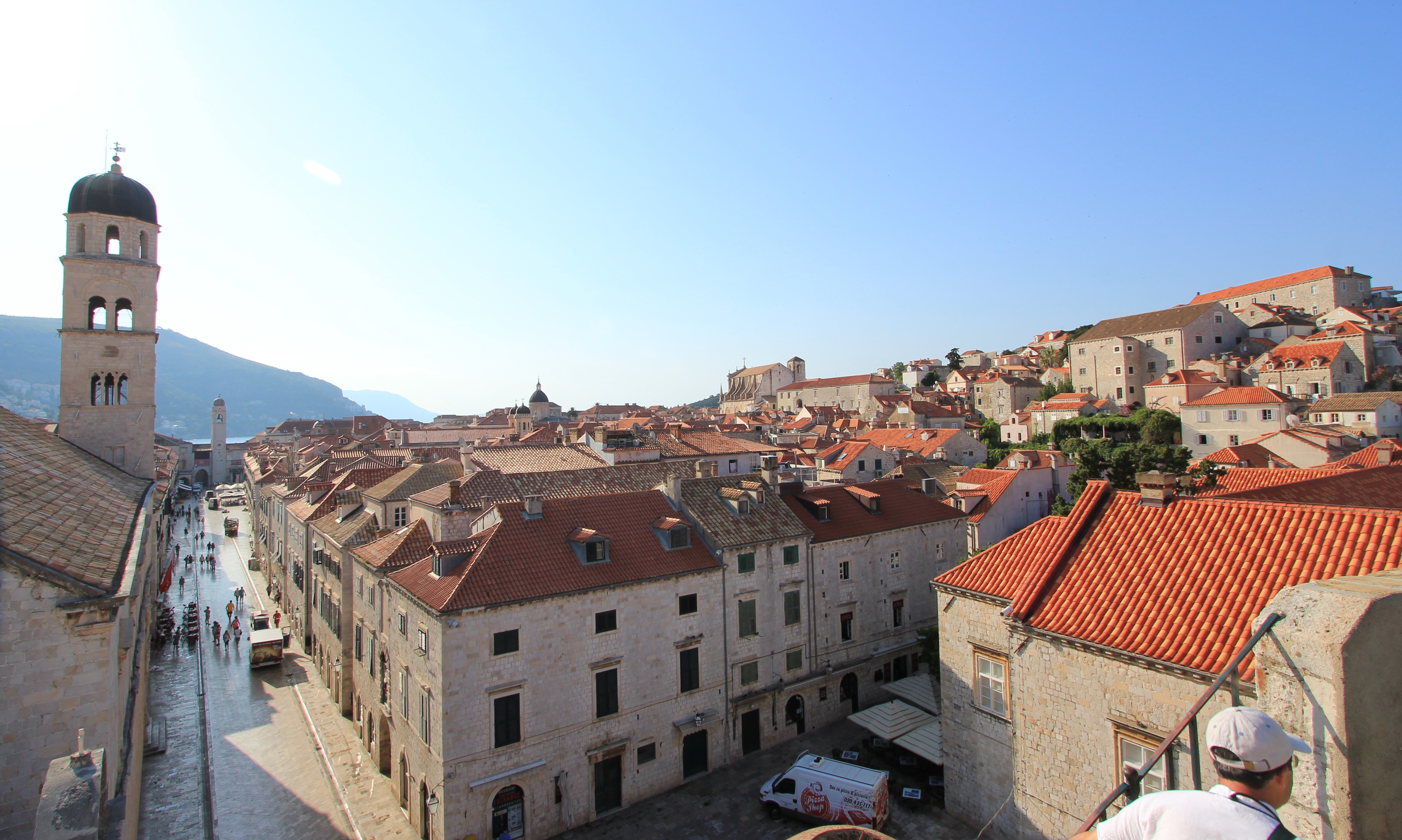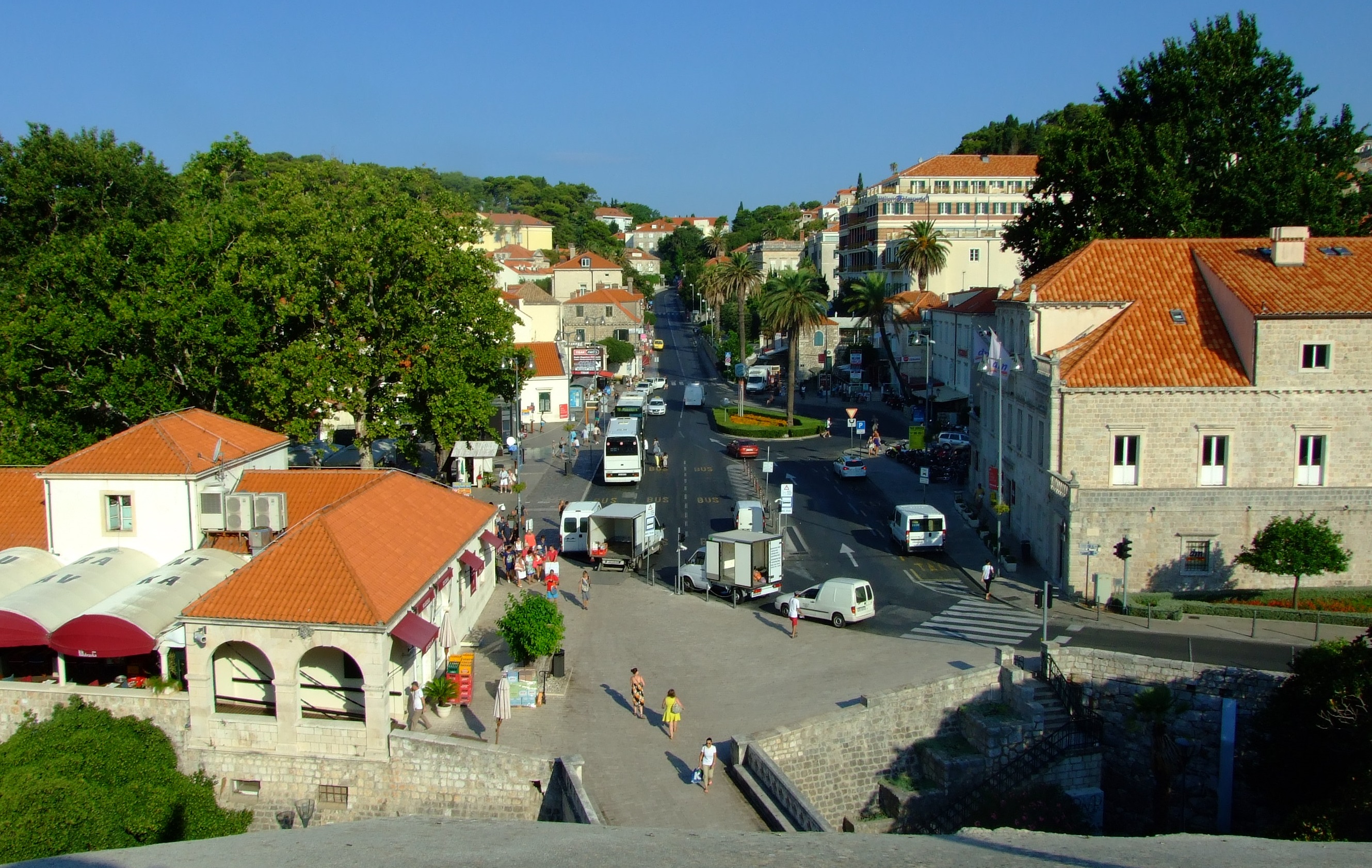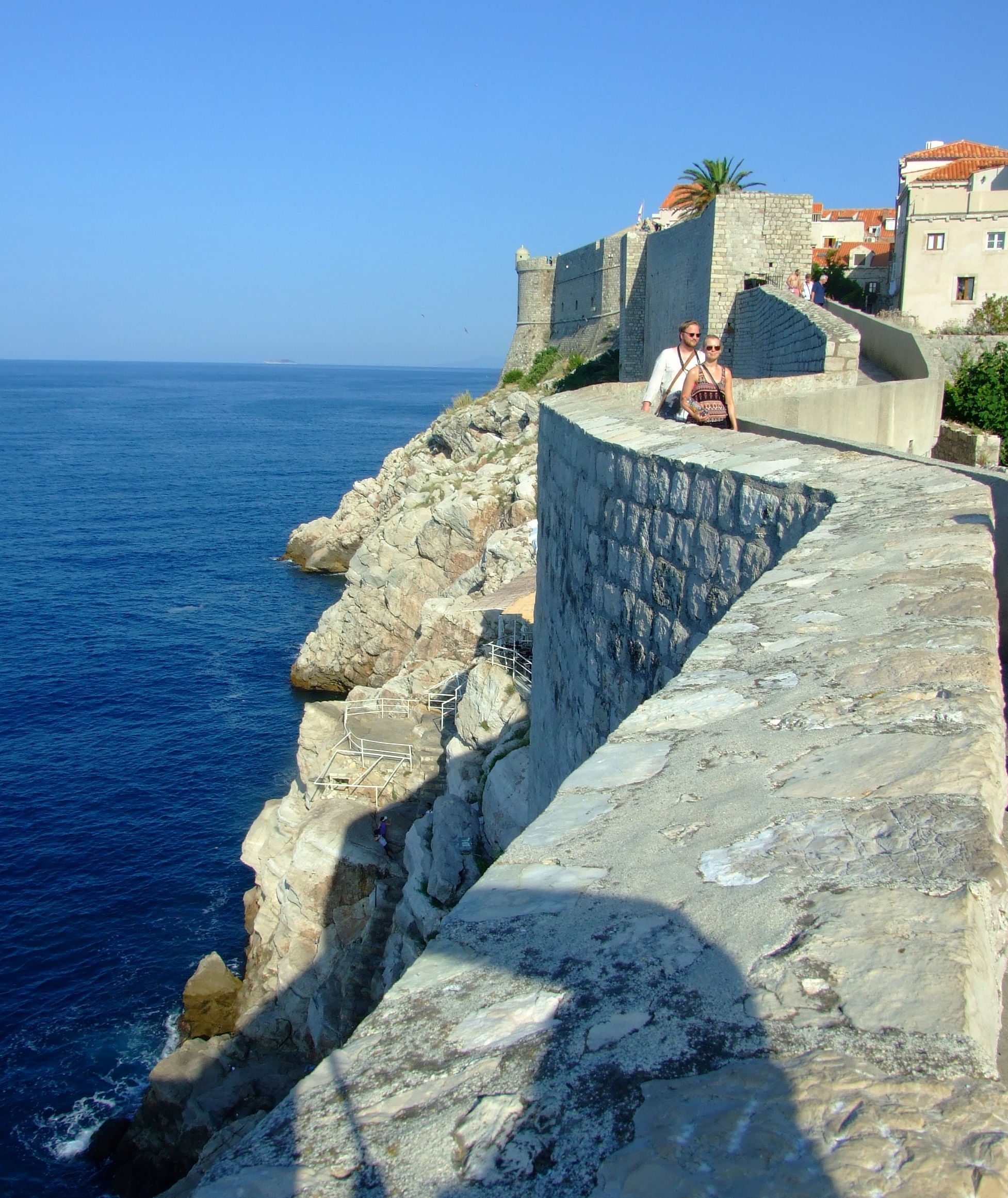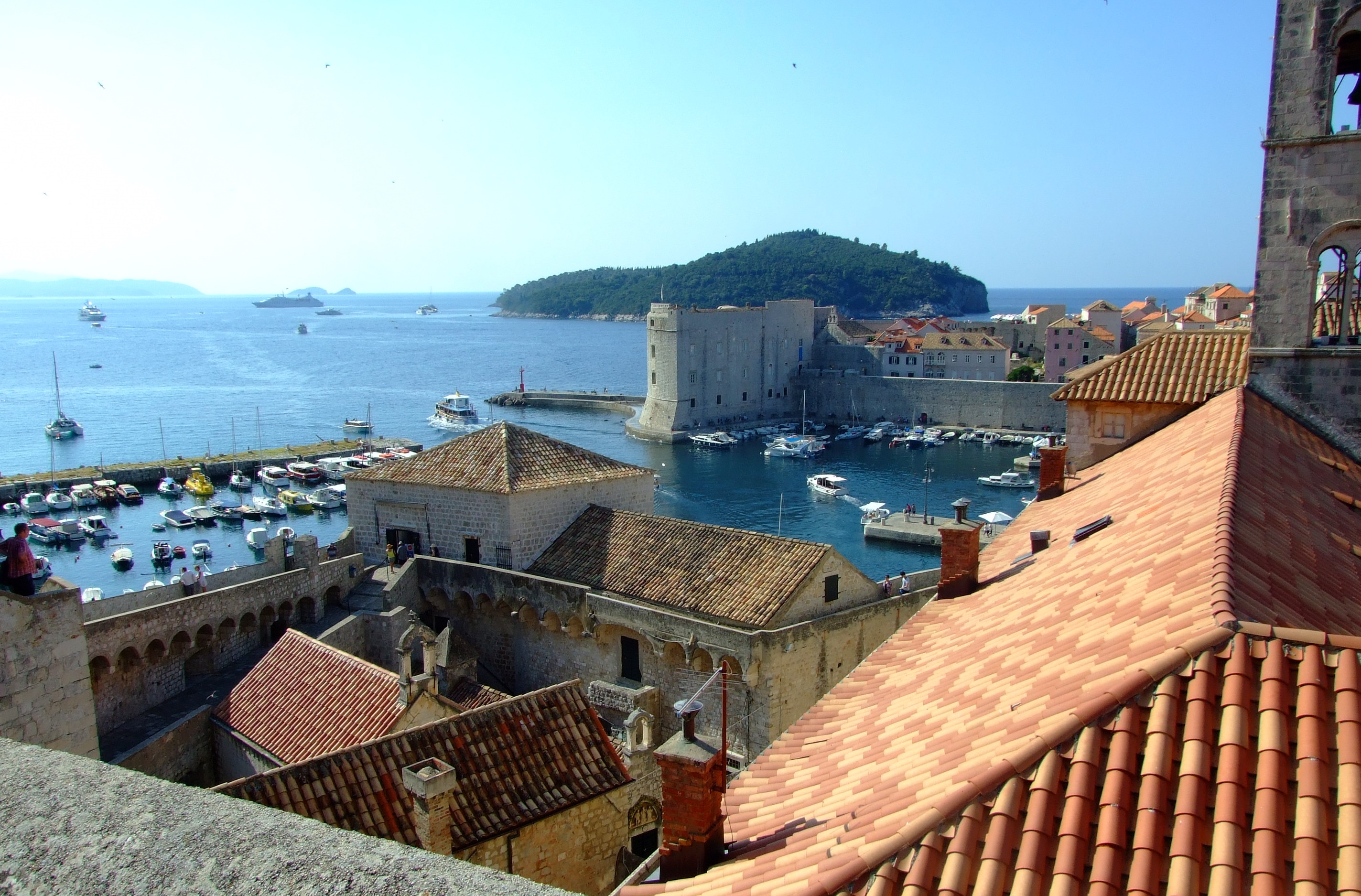We’ve been lucky enough to stay in some pretty good vacation accommodation over the years, but back in August 2010 we booked a three-night out-of-town stay at a small family-owned riverside property in the U.S. state of Washington (WA), and we’ve tended to compare cabins to this great experience ever since.
The Sol Duc Riverside Cottages lie alongside the eponymous river, downstream of the Sol Duc falls, on Olympic Highway 101 in the north of Washington state between Forks and Port Angeles.
Having travelled over to Clallam County on the ferry from Vancouver Island this was the perfect location for a few days exploring the northwest of the Olympic Peninsula, and we would have booked four nights had there been availability (we started our enquiry and booking process the previous November/December). The first tip for Sol Duc Riverside Cottages is therefore to plan ahead, and check that you can get in. If you can’t, change your vacation dates.
The Sol Duc Riverside Cottages website provides everything you’ll need to know about dates and rates, and an easy direct reservation enquiry form.
The website also lists the extensive array of amenities that are provided with each cabin, and there’s a good selection of images in the slideshow gallery.
So what else can I tell you…
We arrived from the Forks direction in the late afternoon after a day spent visiting the nearby Hoh River rainforest and First Beach at La Push in the Quileute nation tribal lands. There are three cabins on the property. Cedar Breeze is the original cabin, and the one we stayed in. There’s also the smaller Loft Studio, and the newer Riversong cabin (the family of five from Minnesota who were staying in Riversong at the time of our stay were the first guests to do so. We both eagerly inspected each others cabins, and while I’d stay in either, I still think we picked the best one).
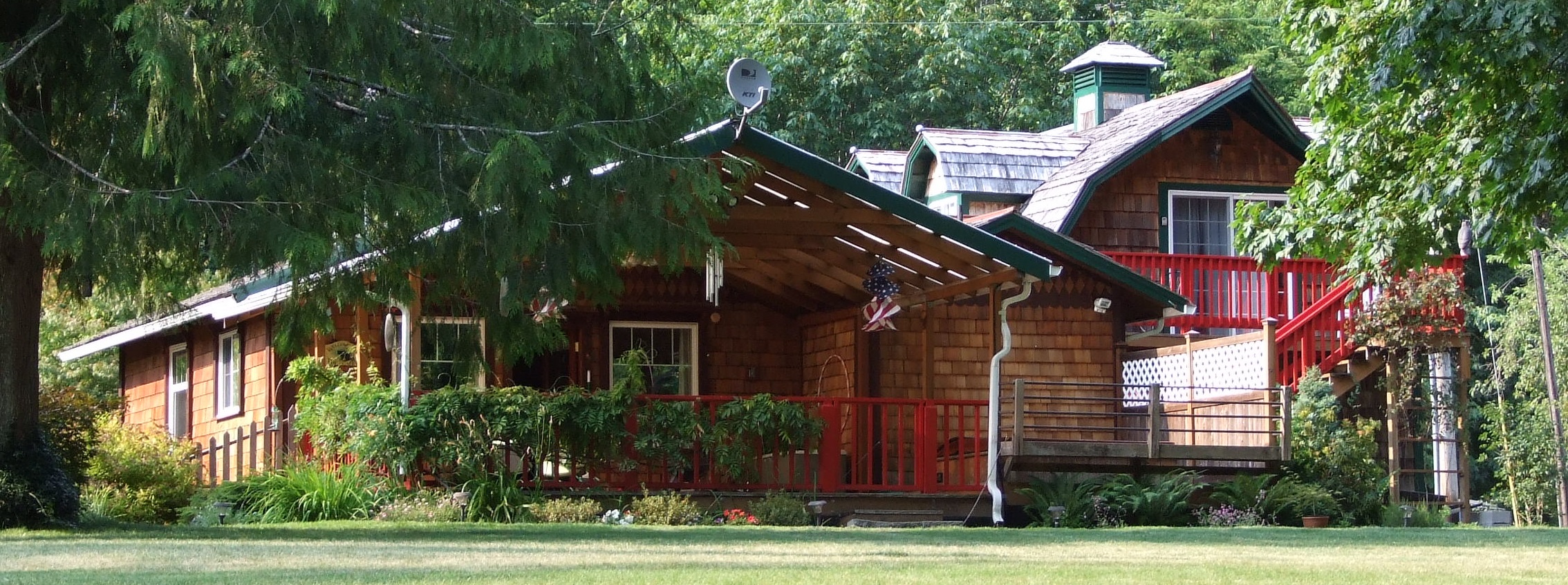
We parked up – plenty of space – and entered using a pre-arranged key code…
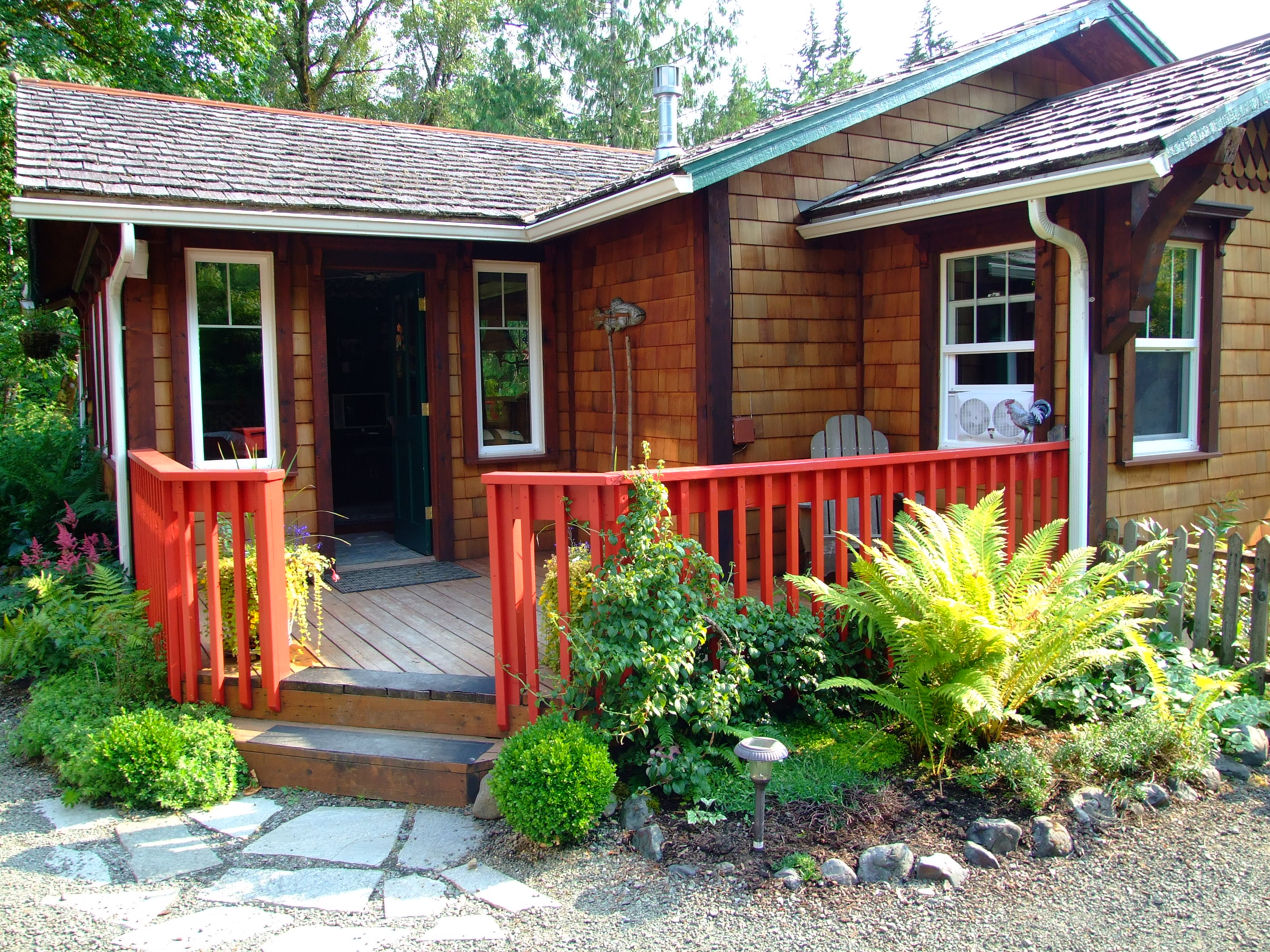
…and that was pretty much the end of our travels until it was time to leave. That might sound unremarkable for a vacation. However, we’re a family who might occasionally plan a ‘chill out day’ or two, but we generally tend to find a base and then head off to the surrounding world. “Shall we just stay here instead of going out today?” just doesn’t enter our normal vacation vocabulary. Once my wife and daughter had walked through the door of Cedar Breeze that was it. I was even sent off on my own to buy some steaks for the BBQ from Forks Outfitters.
Don’t get me wrong; the Hoh River and rain forest were great, La Push is worth the effort, and I wouldn’t have wanted to miss our arrival day drive up to Hurricane Ridge or our departure day detour to the Upper Sol Duc and lakes along the 101. They’re all recommended, and places I’d like to see again. I could also imagine spending some future time in the dozens of other places in easy reach of the Sol Duc Riverside Cottages… but I’d make sure that I had enough time to just hang out at the cabin too.
Owners Brenda and Ted Abrams have spared no effort in creating the most comfortable and extraordinarily well equipped vacation retreats at the Sol Duc Riverside Cottages, and the properties are maintained both inside and out with exemplary care.
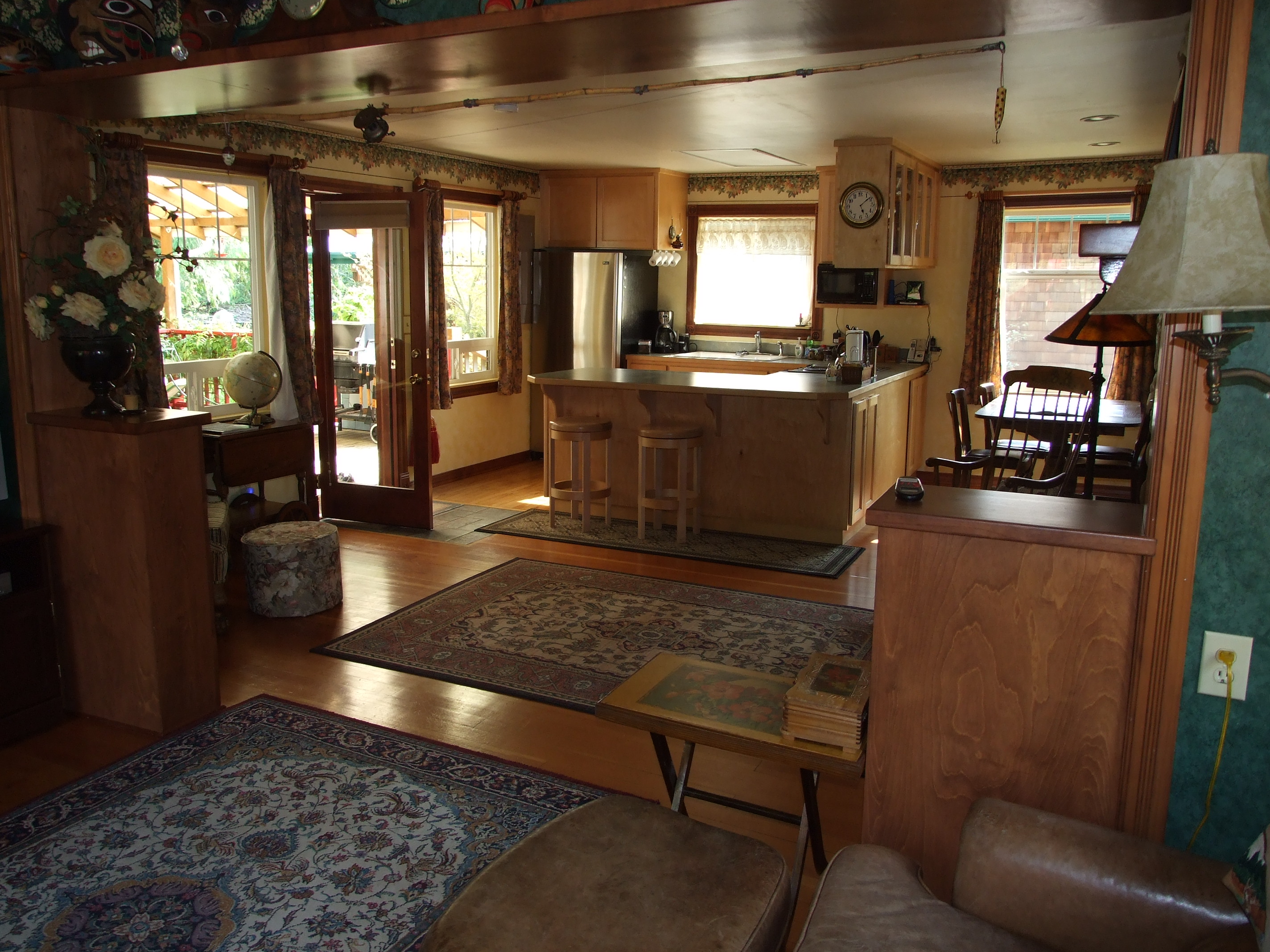
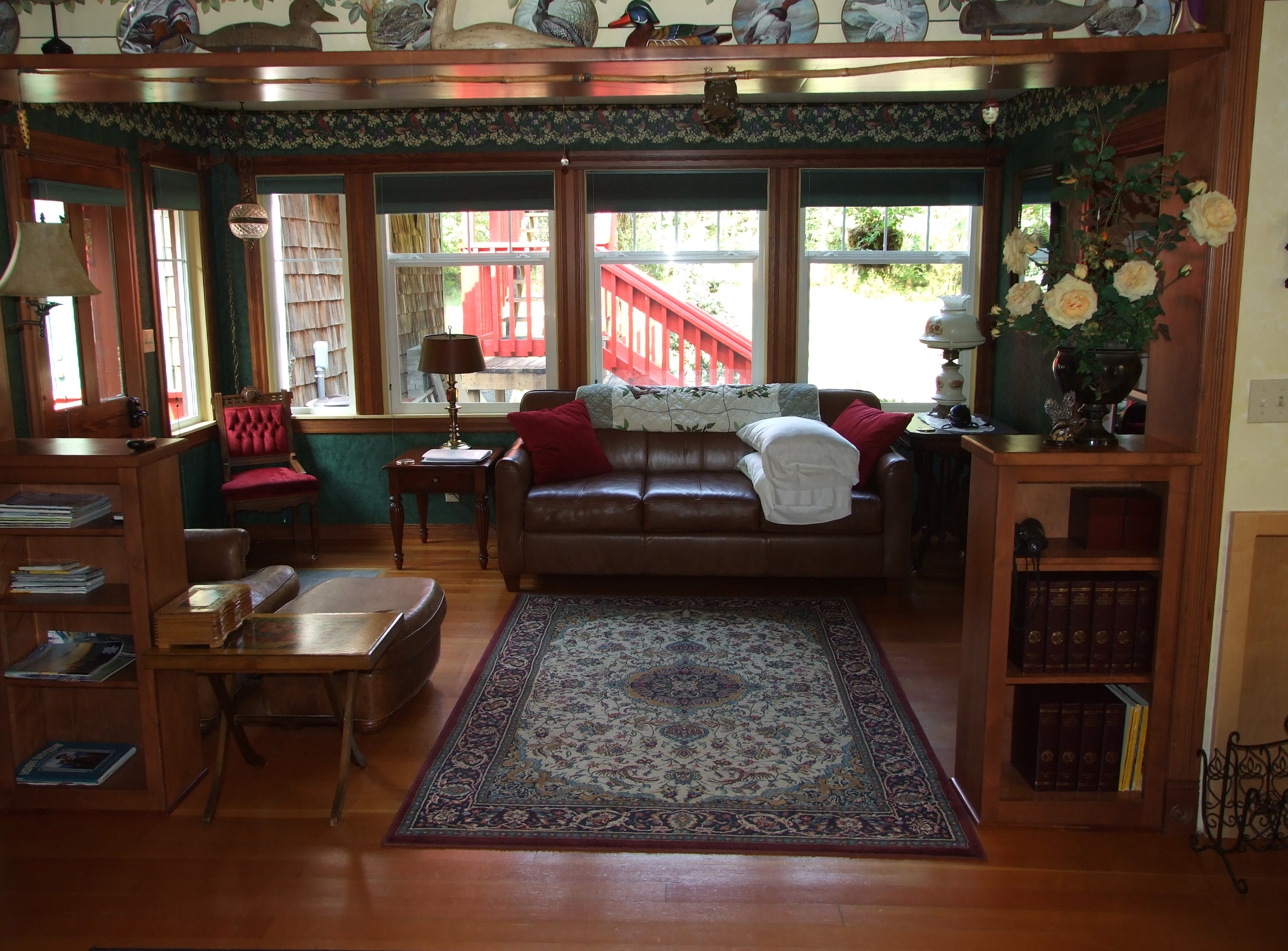
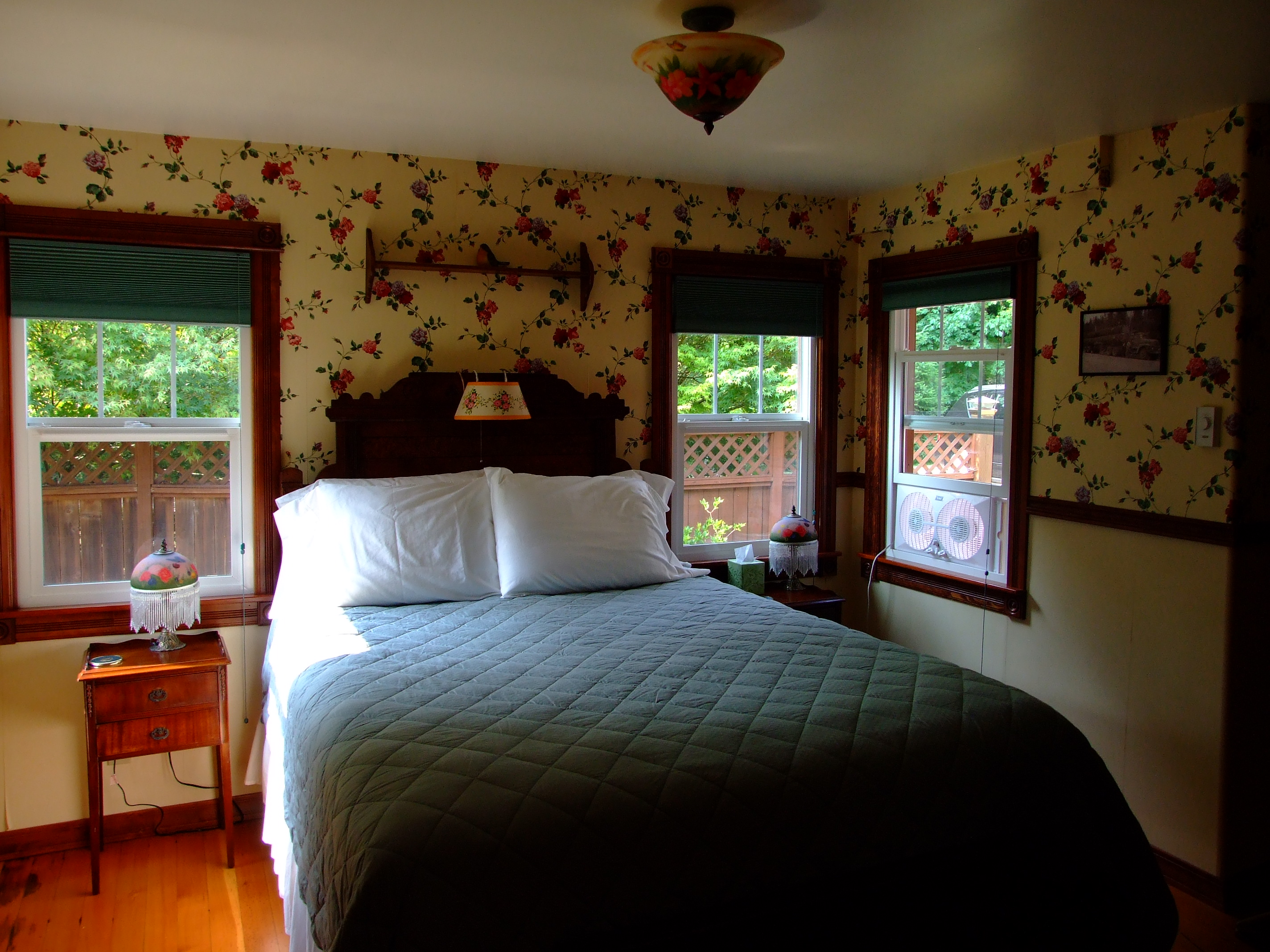
Cleverly fenced and screened, the Cedar Breeze cabin also appears to be remarkably private whether you’ve retreated to the open-plan interior or are spending your time on the large covered deck.
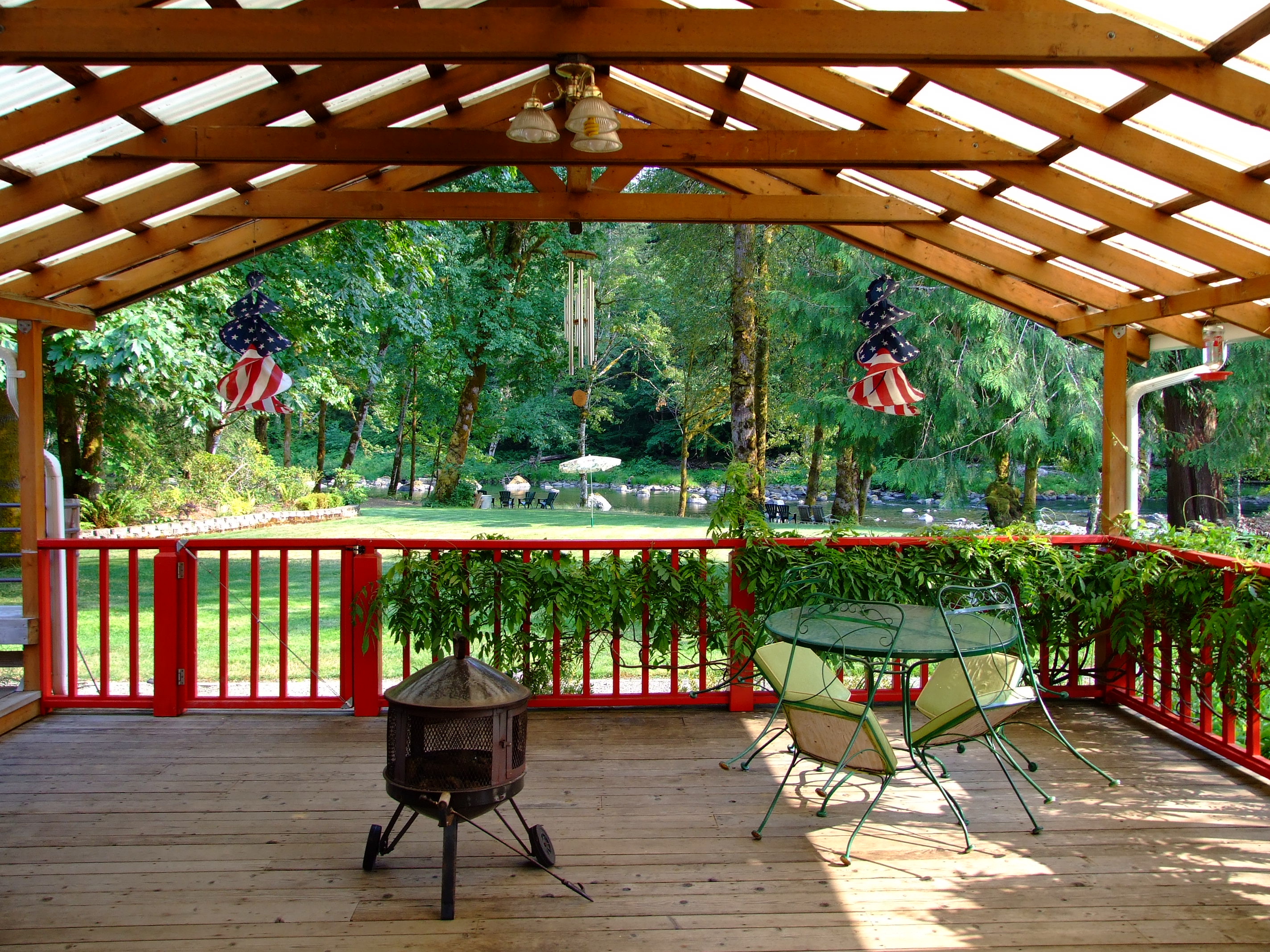
The weather was also a winning factor during our stay . We visited in early August when the temperatures ranged from a maximum high of between 63°F to 66°F (17°C to 19°C) in the day time to a low of between 51°F to 54°F (10.5°C to 12°C) – you might get lucky as for the same date range in 2015 the high was 72°F to 75.9°F (22°C to 24.5°C) while the low was about the same at 48°F to 55.9°F (9°C to 13°C) – and there was a fair bit of fog out on the coast, but the c. 3000ft (900m) coastal strip of the Northwest Olympics rising above the cabins in the valley seemed to hold back the mist, at least for a couple of days…

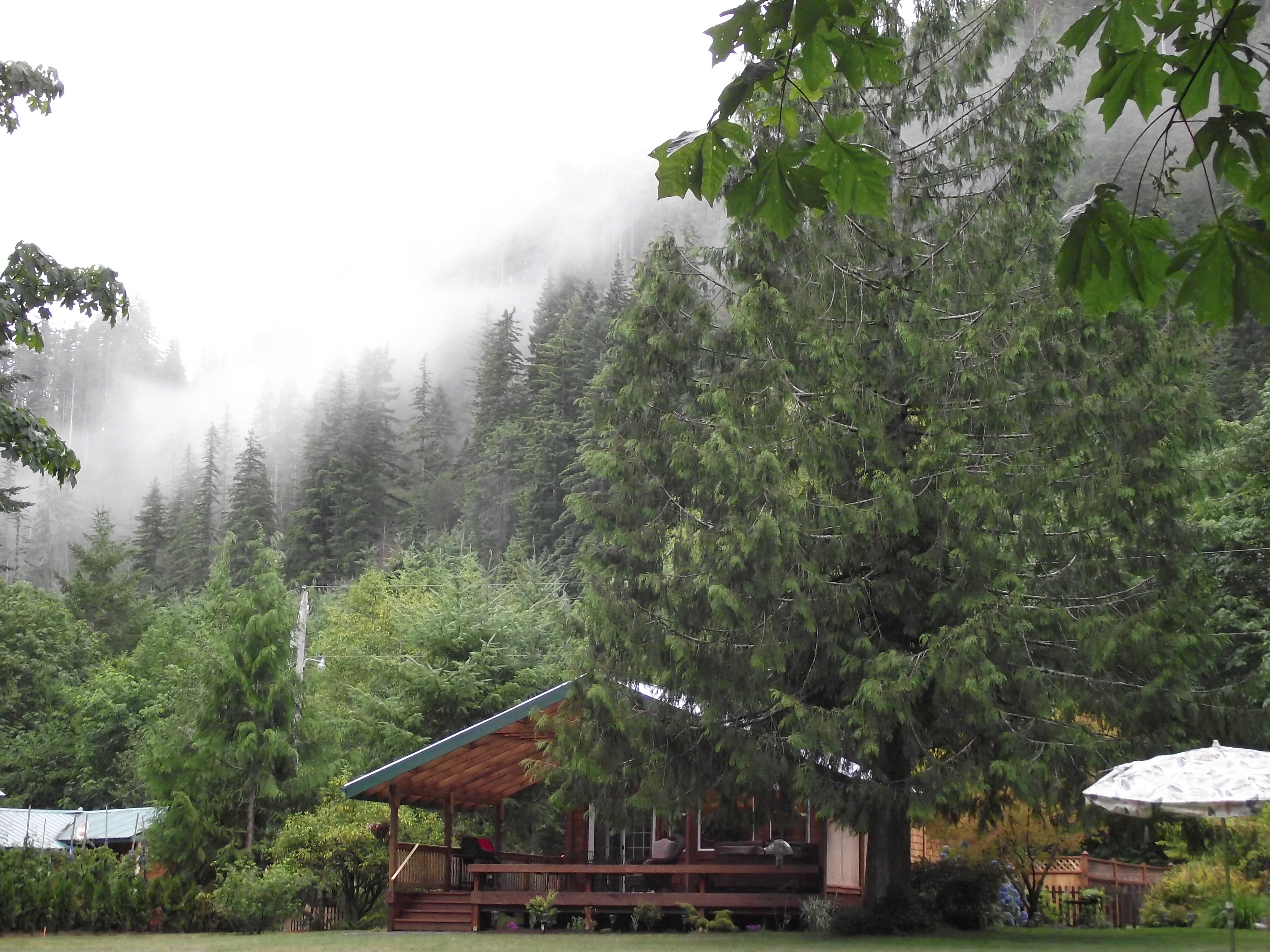
We were certainly warm enough whether simmered, toasted or roasted:
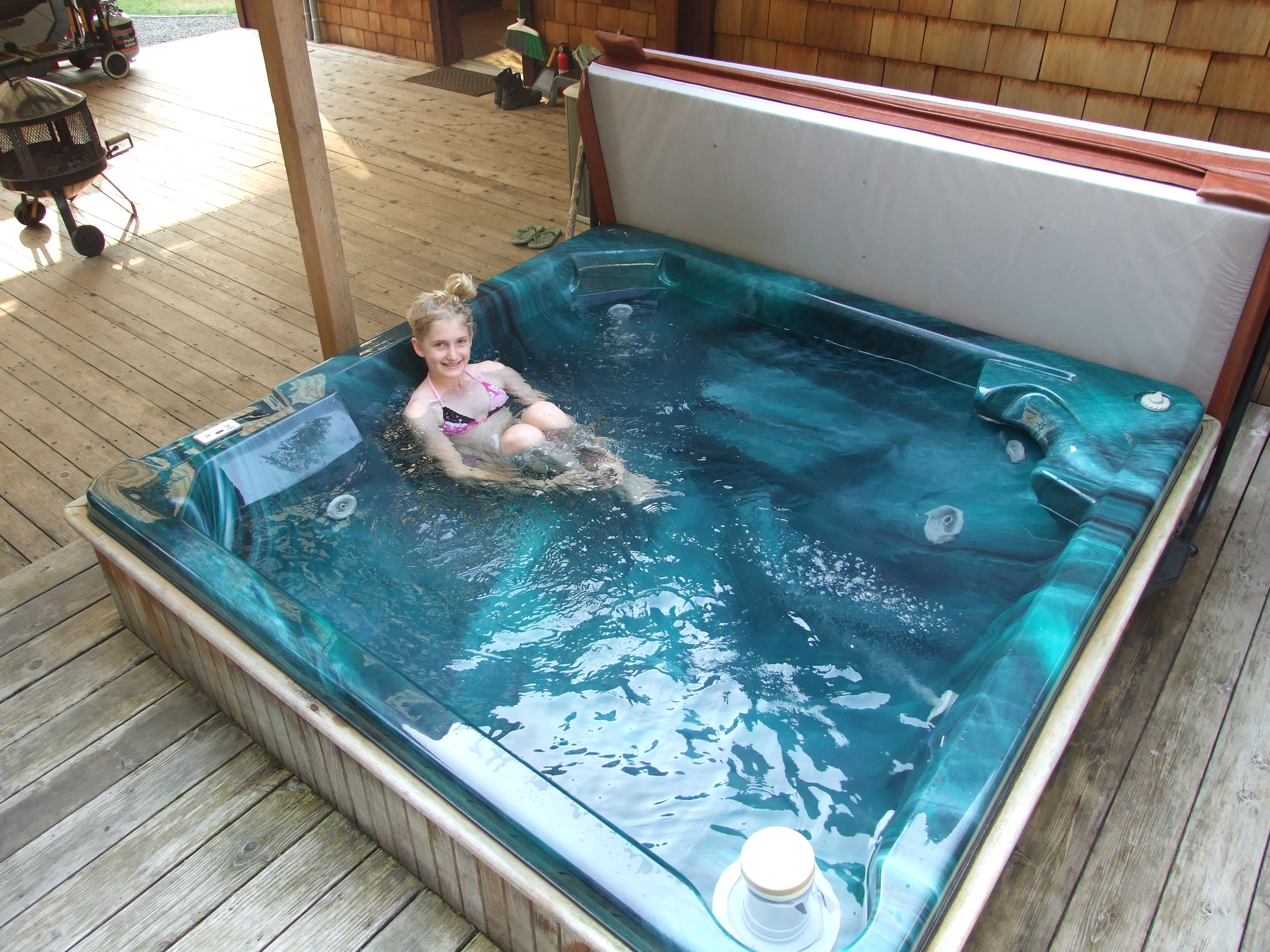
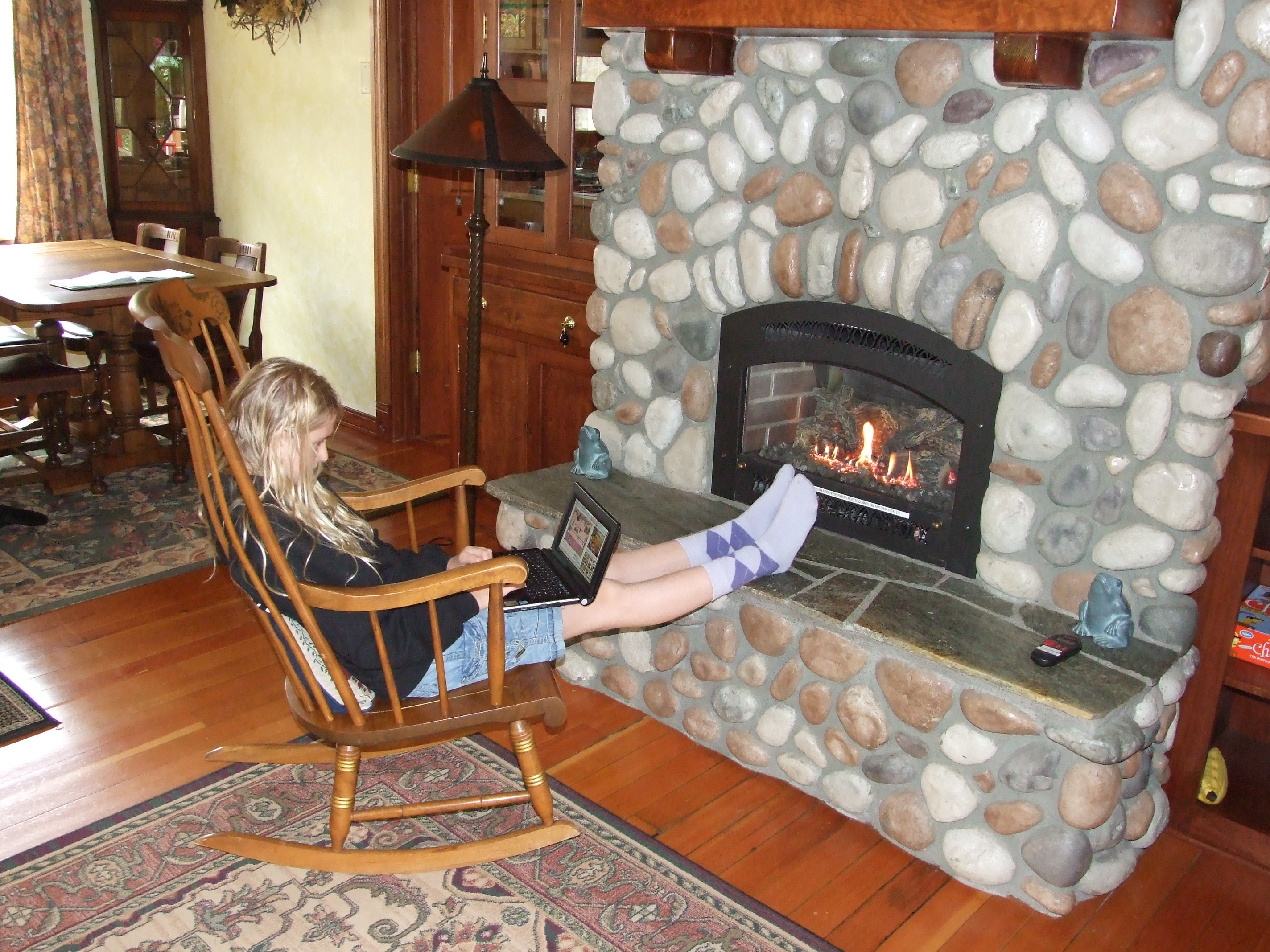
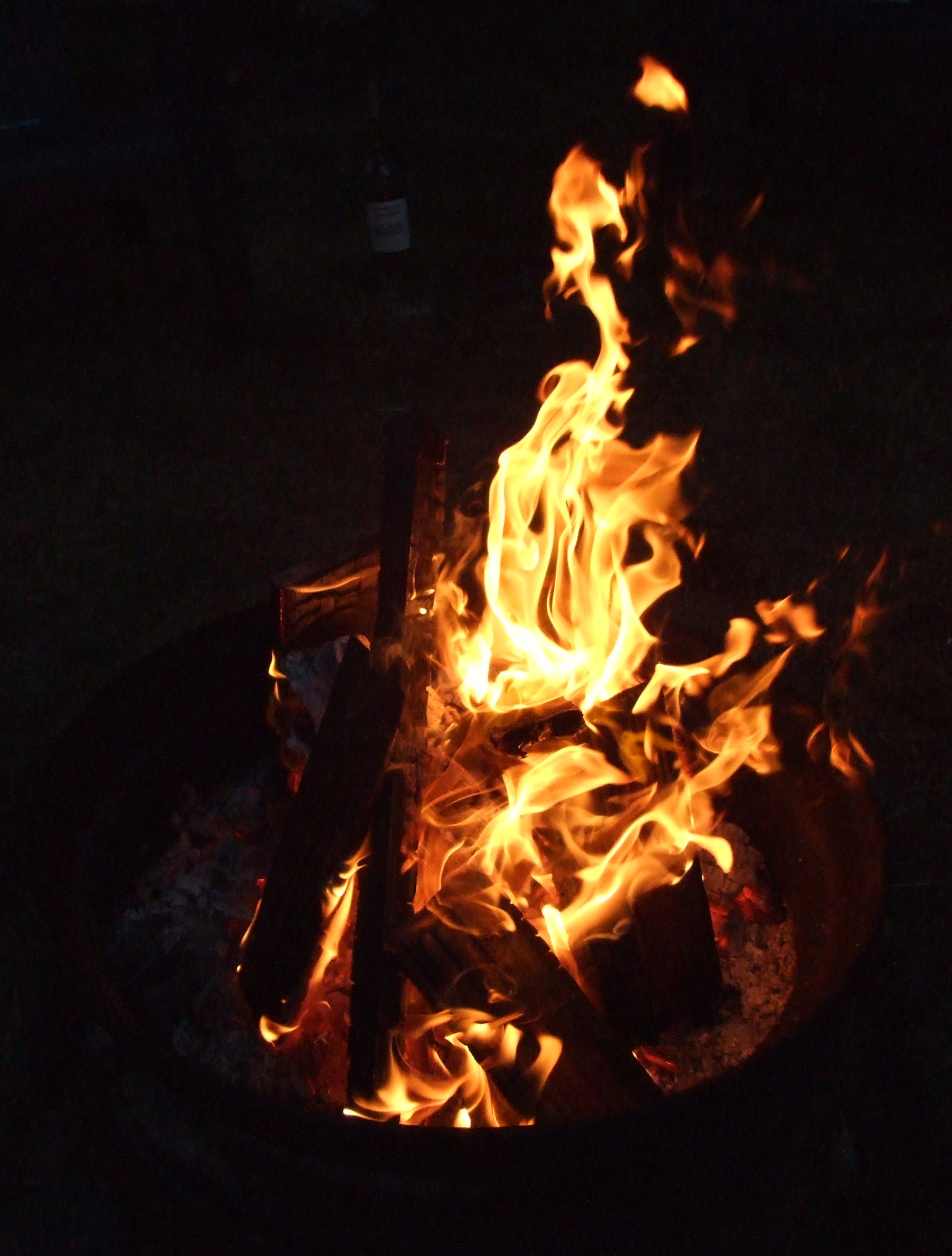
Maybe it was the rich (and sometimes entertaining) wildlife that kept our company around the cabin. There are several interesting terrestrial mammals in the area worth keeping your eyes and ears open for (see a full list here), including
- Black Bear (Ursus americanus)
- Blacktail Deer (Odocoileus hemionus columbianus)
- Cougar (Puma concolor)
- Douglas Squirrel (Tamiasciurus douglasii)
- Fishers (Martes pennanti) – since their 2008 reintroduction
- Olympic Marmot (Marmota olympus) – you’d need to climb to mountain meadows above 4000 ft (1200m) to spot this endemic species
- Olympic Yellow-pine Chipmunk – Tamias amoenus caurinus
- River Otter (Lutra canadensis) – listen for their barking from the river in the night
- Roosevelt Elk (Cervus canadensis roosevelti)
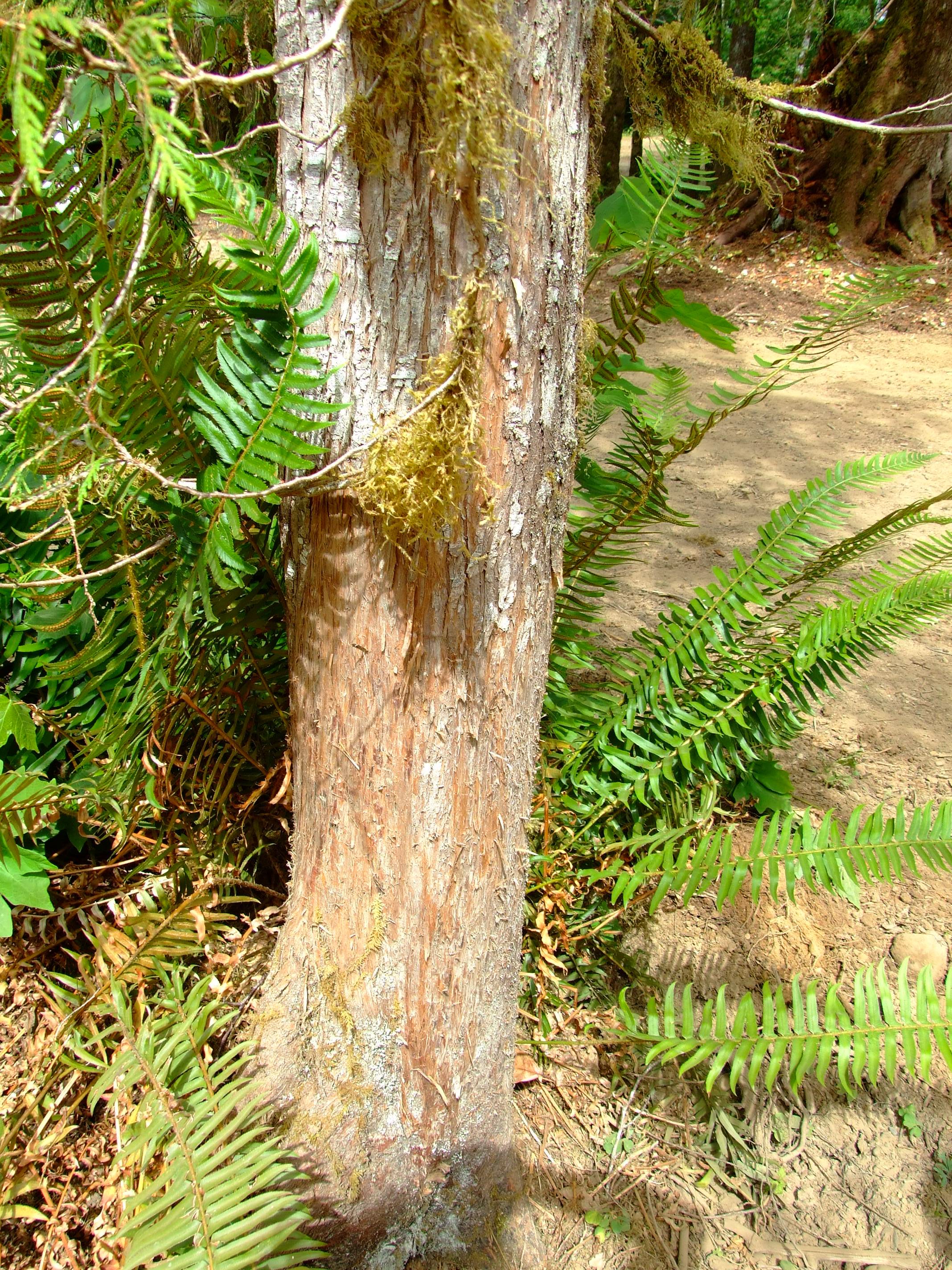


Birds were also prolific around the Sol Duc Riverside Cottages, and while we were only treated to a couple of brief sightings of American Bald Eagles calling along the river just after our arrival, good numbers of smaller avian species were present throughout our stay. We saw American Dippers (Cinclus mexicanus) on the river, Pine Siskins (Carduelis pinus) on the feeders. and Steller’s Jay (Cyanocitta stelleri) and American Robins (Turdus migratorius) around the lawns.
As for the Sol Duc itself, with a 400 ft (120m) stretch flowing westward along the southern border of the property, it is the jewel in the crown of the natural setting here. The name is derived from the Quileute name which means “sparkling water”…
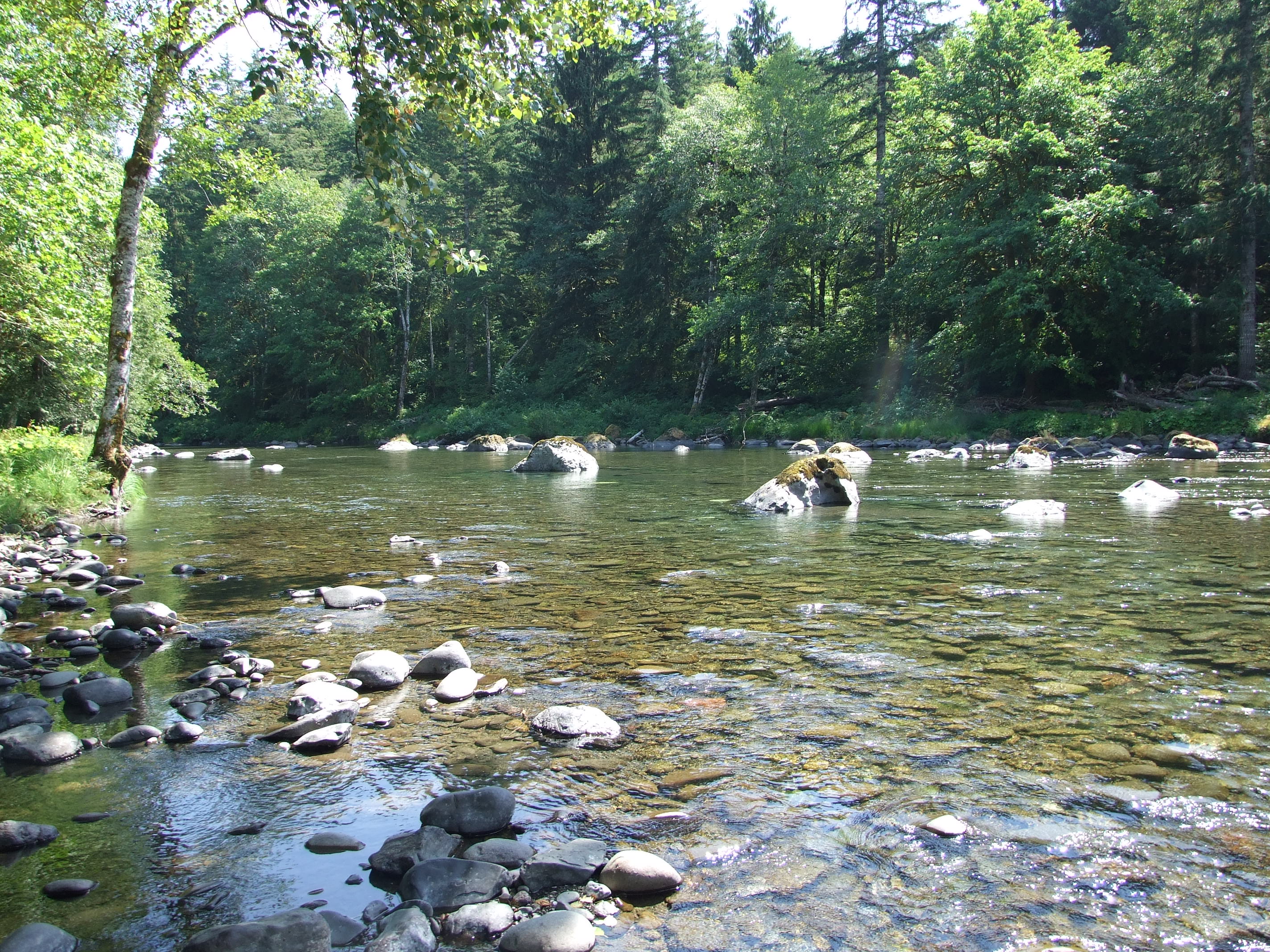
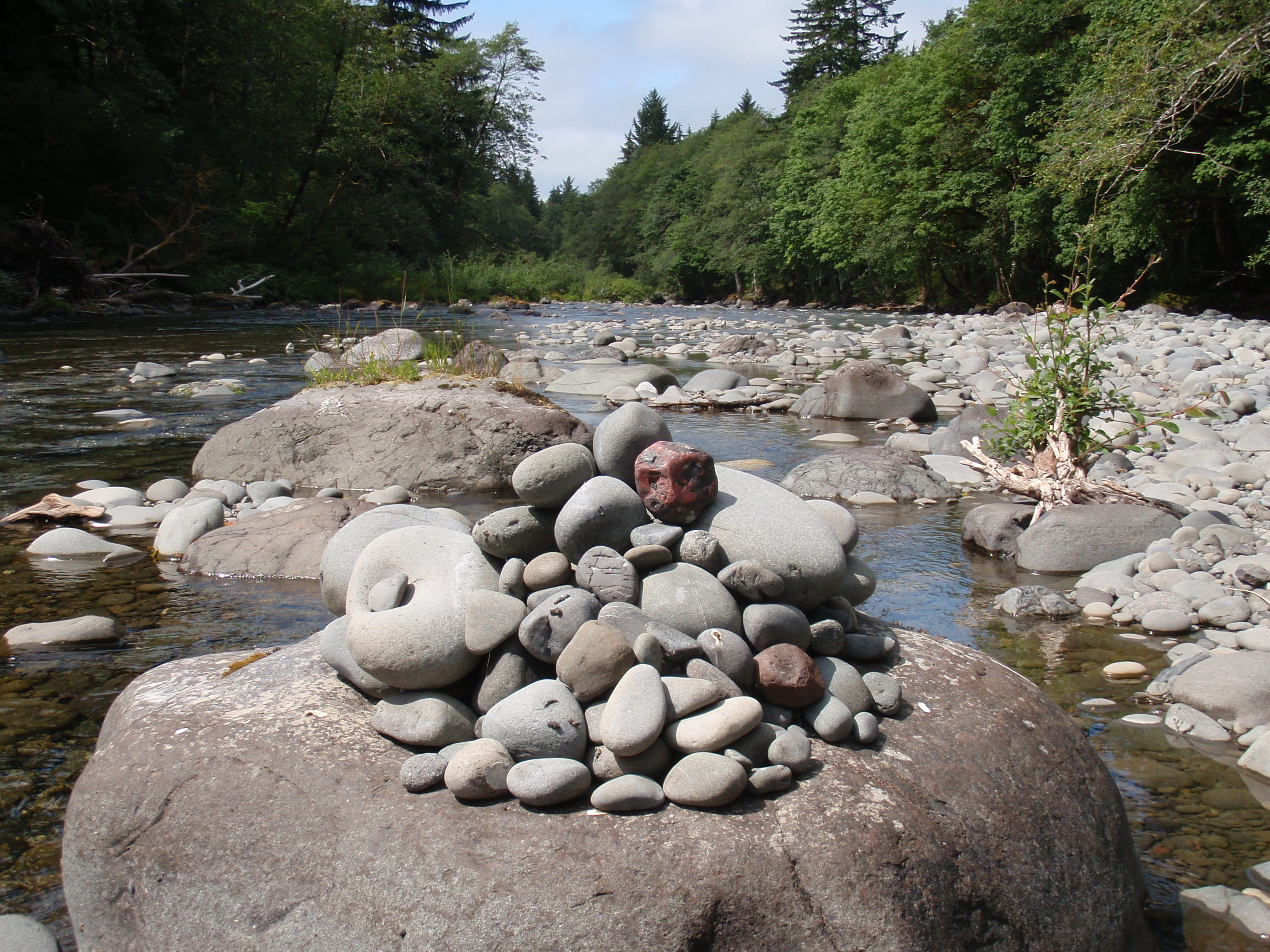
Fabulously clear, we found dozens of intricate and varied Caddisfly larvae cases in the river, which were brought back across the lawn to inspect on the deck in the belief they were empty. Once placed on a glass table surface they invariably proved to still be inhabited, prompting a quick dash back to the river.
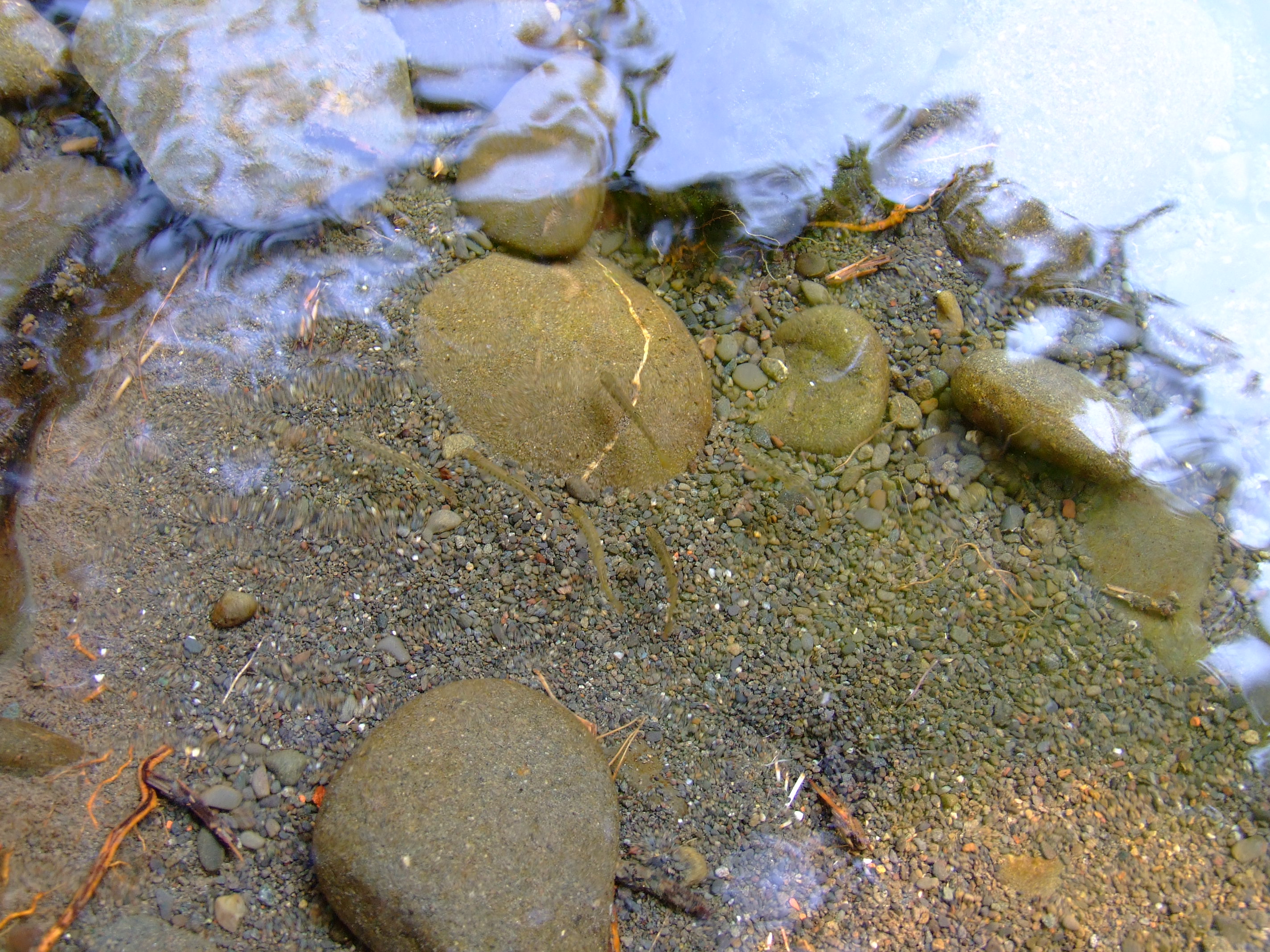
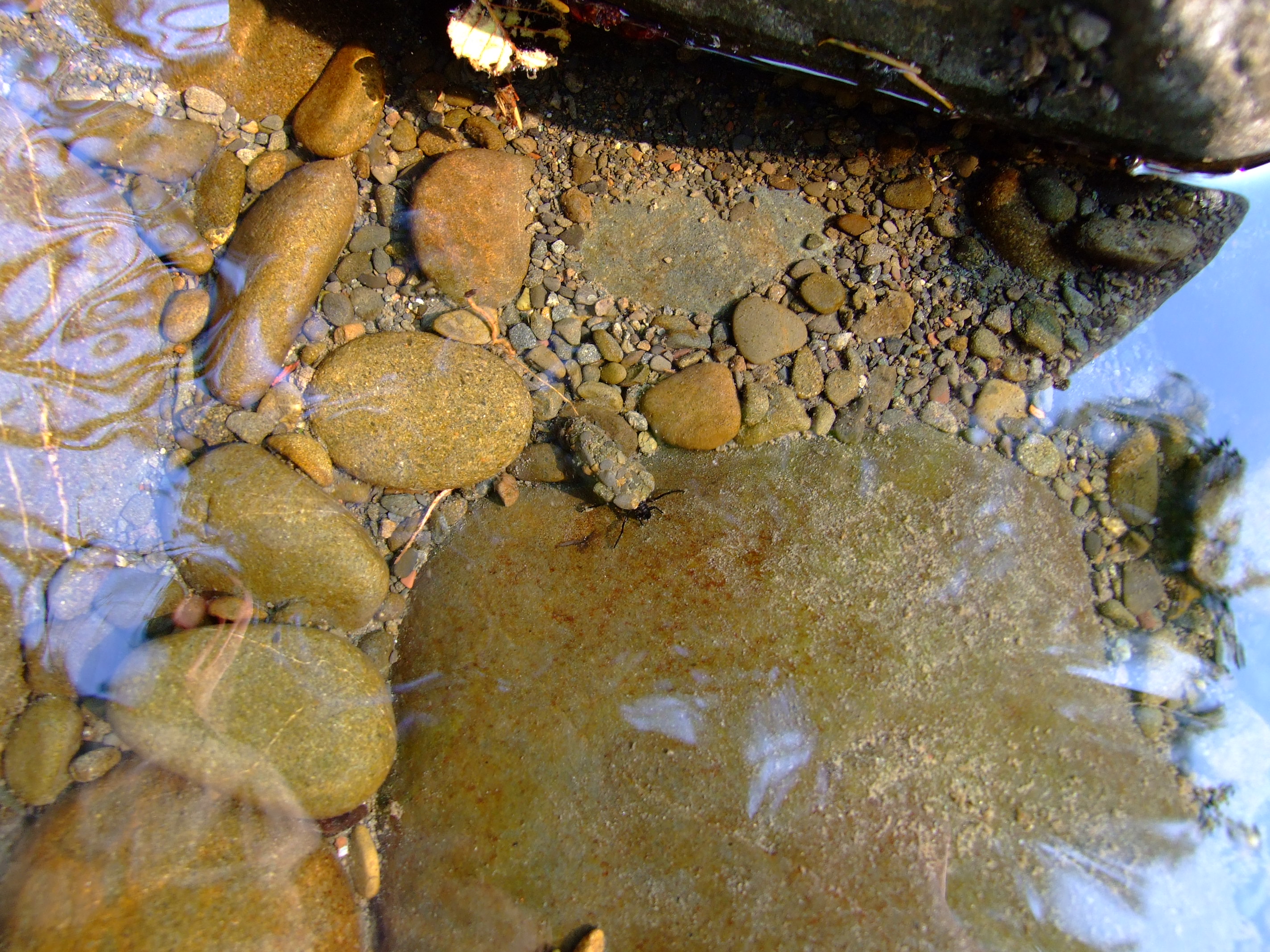
Despite the fact that the Sol Duc is the only river on the Olympic peninsula to support all five species of Pacific Salmon, we didn’t see any of them in the low water conditions. However, this was not a problem as it meant that we could wade across the breadth of the river along the property’s banks without either drowning (although there were a few deep holes avoided) or disturbing any spawning fish.
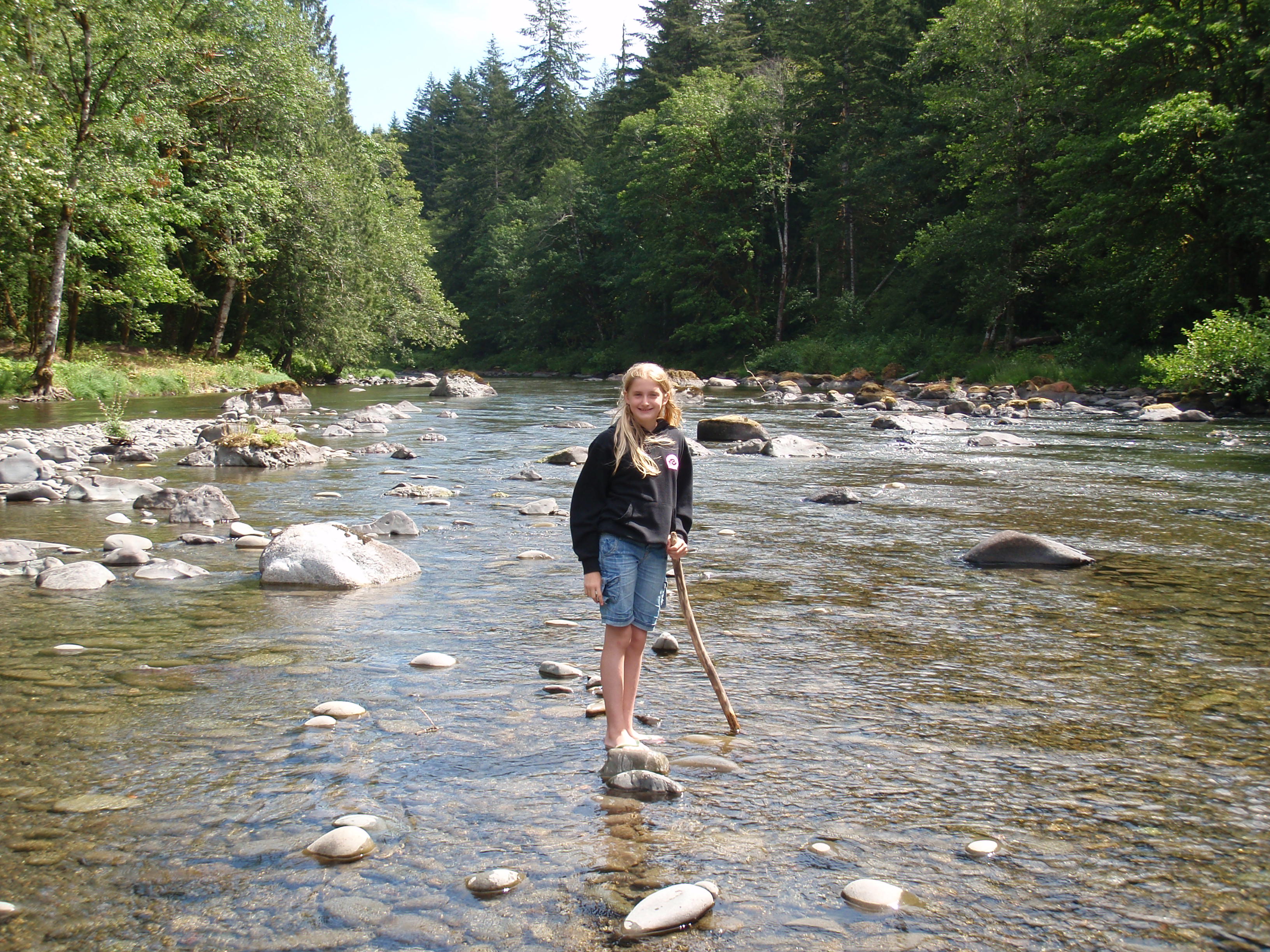
This vacation was five years ago, but the memories are undimmed, and the challenge set by our benchmark cabin still stands. Since that summer there have been a few close contenders (and even near equivalents on their own local terms, which I’ll probably post about), some reasonable efforts, and a few places that never stood a chance. All you have to do to match the Sol Duc Riverside Cottages is to be able to write what we put in the guest book before we left: “This place is absolutely perfect.”
More online information.
If you’re there in the fall American Whitewater lists seven sections for kayakers ranging from grade II to IV+. Just scroll down to get to the Sol Duc entries. More on the Sol Duc for paddlers from the Whitewater Guidebook. For rafting (and more) try Rainforest Paddlers Inc.
The Forks Chamber of Commerce website includes a directory of places to eat out locally – if you can drag yourself away from your cabin.
The National Park Service website for the Olympic National Park. There is loads of information here, so hunt around.
The Washington Trails Association website. Just type “Sol Duc” into the Hike Name box.
